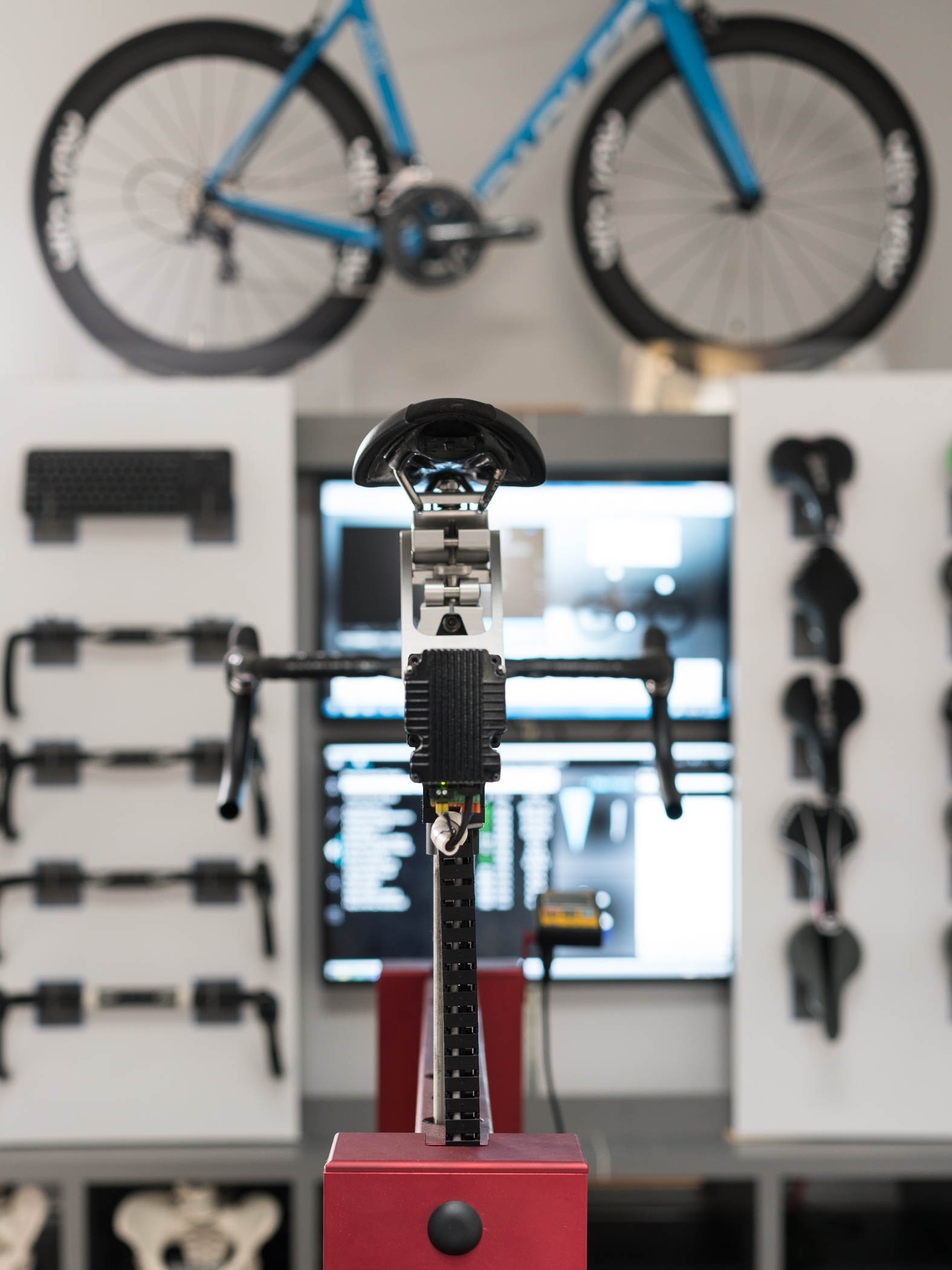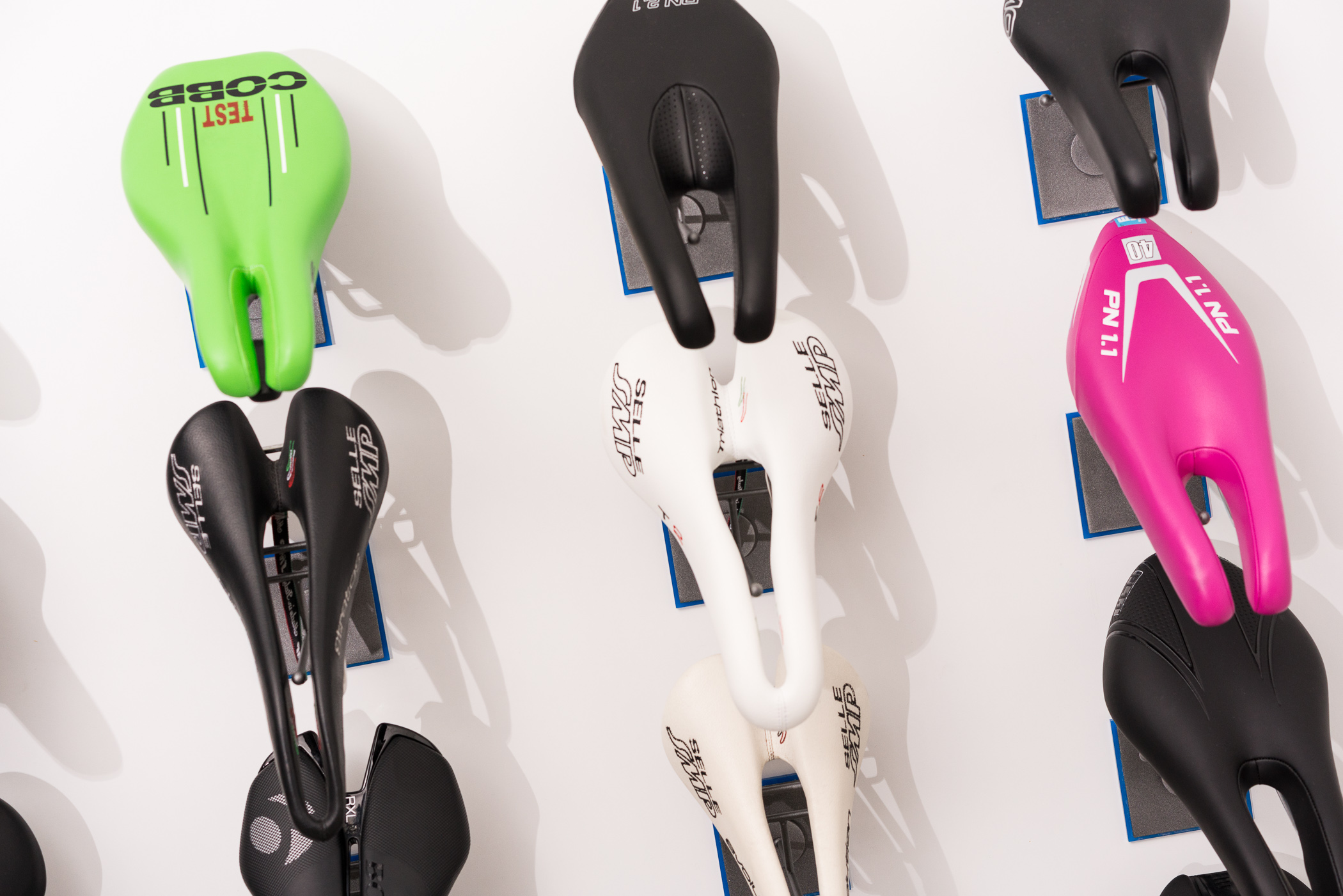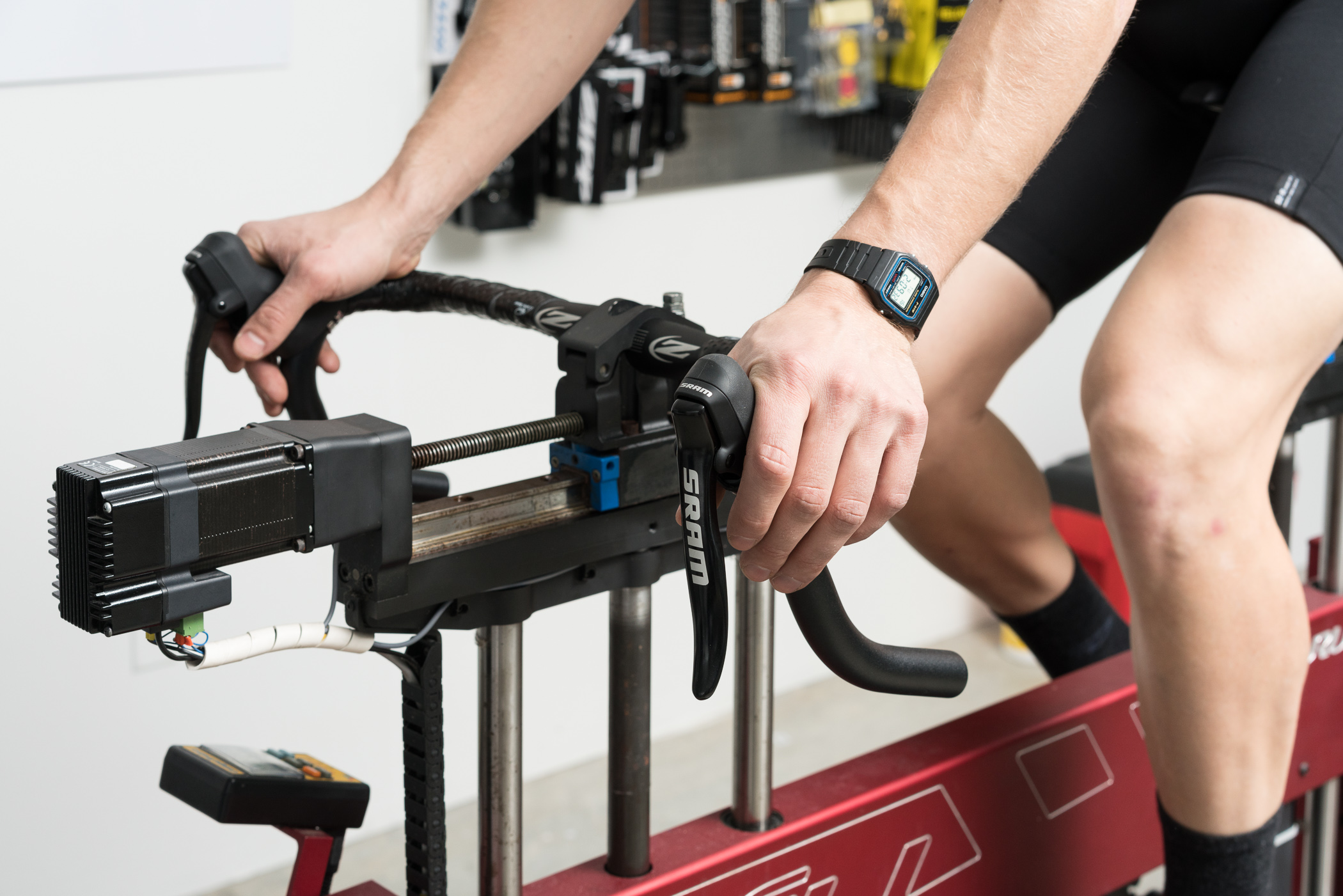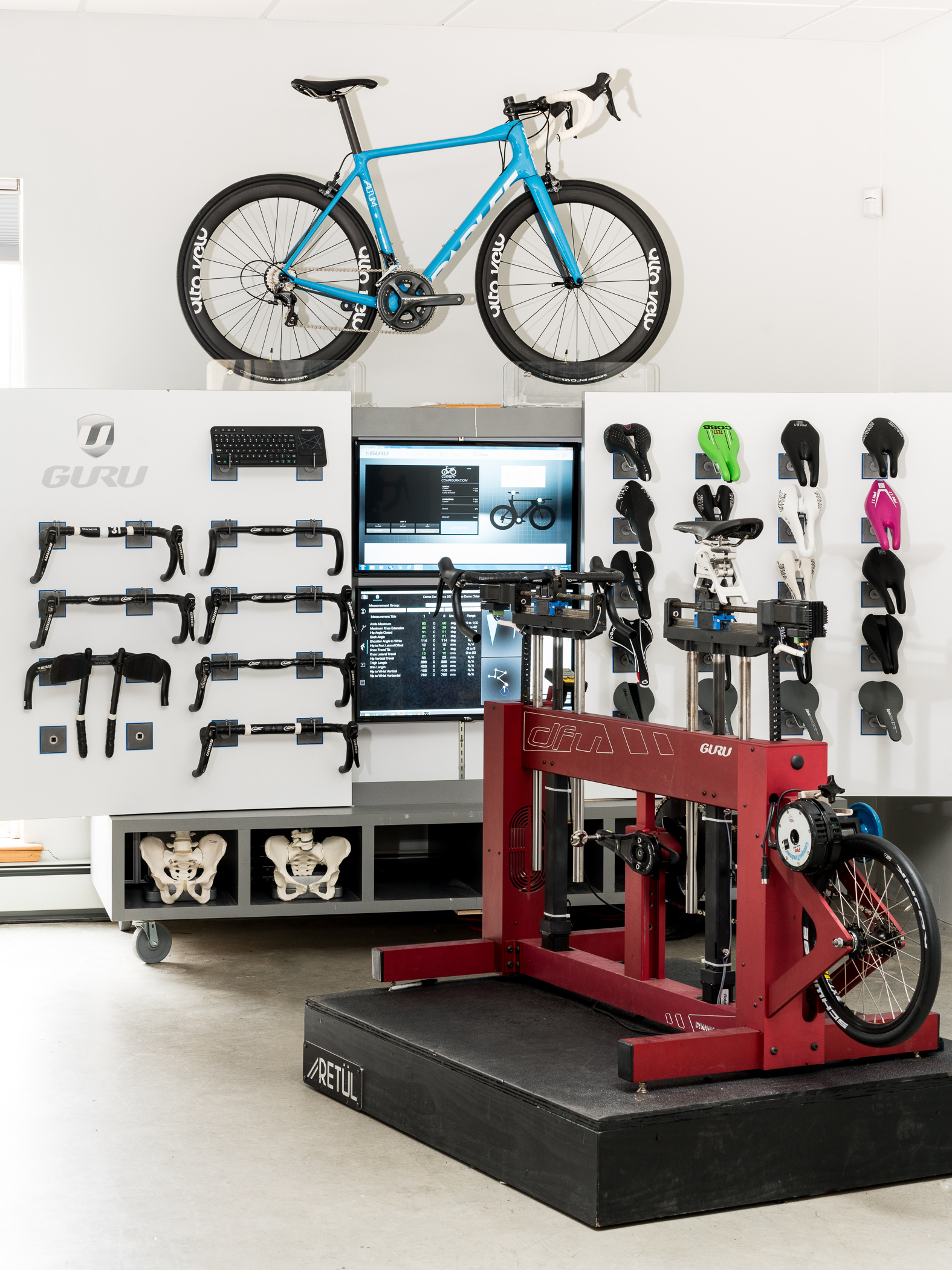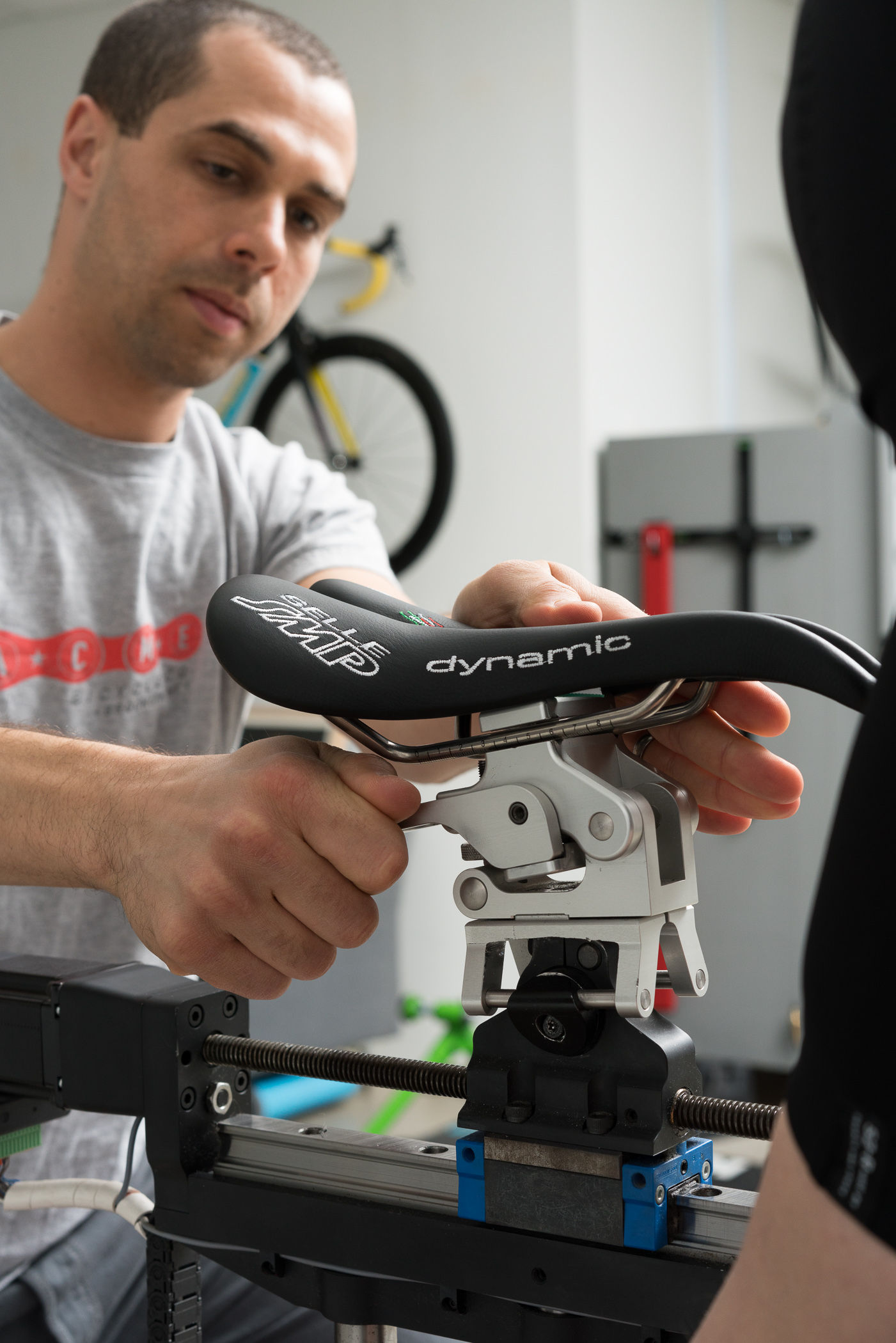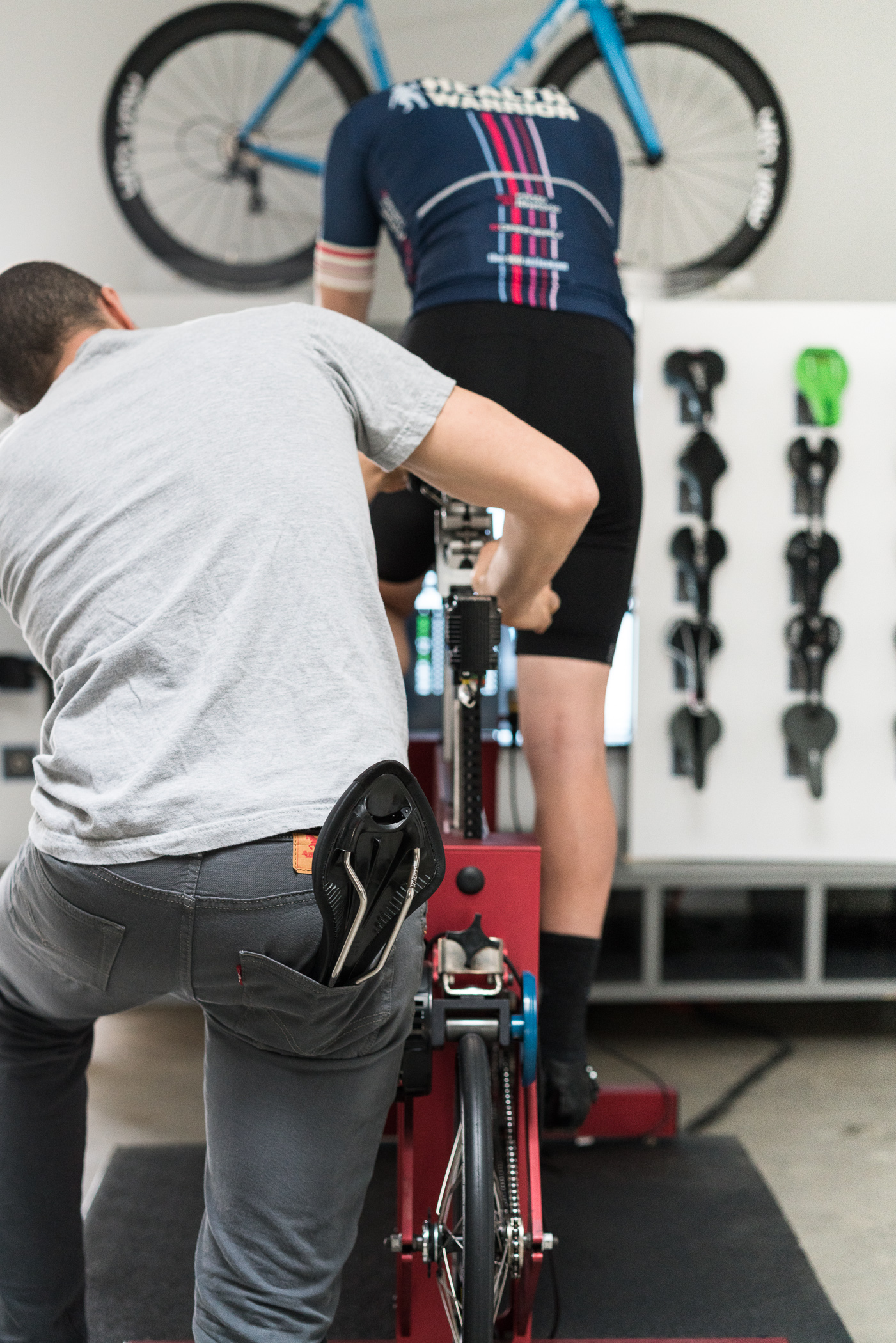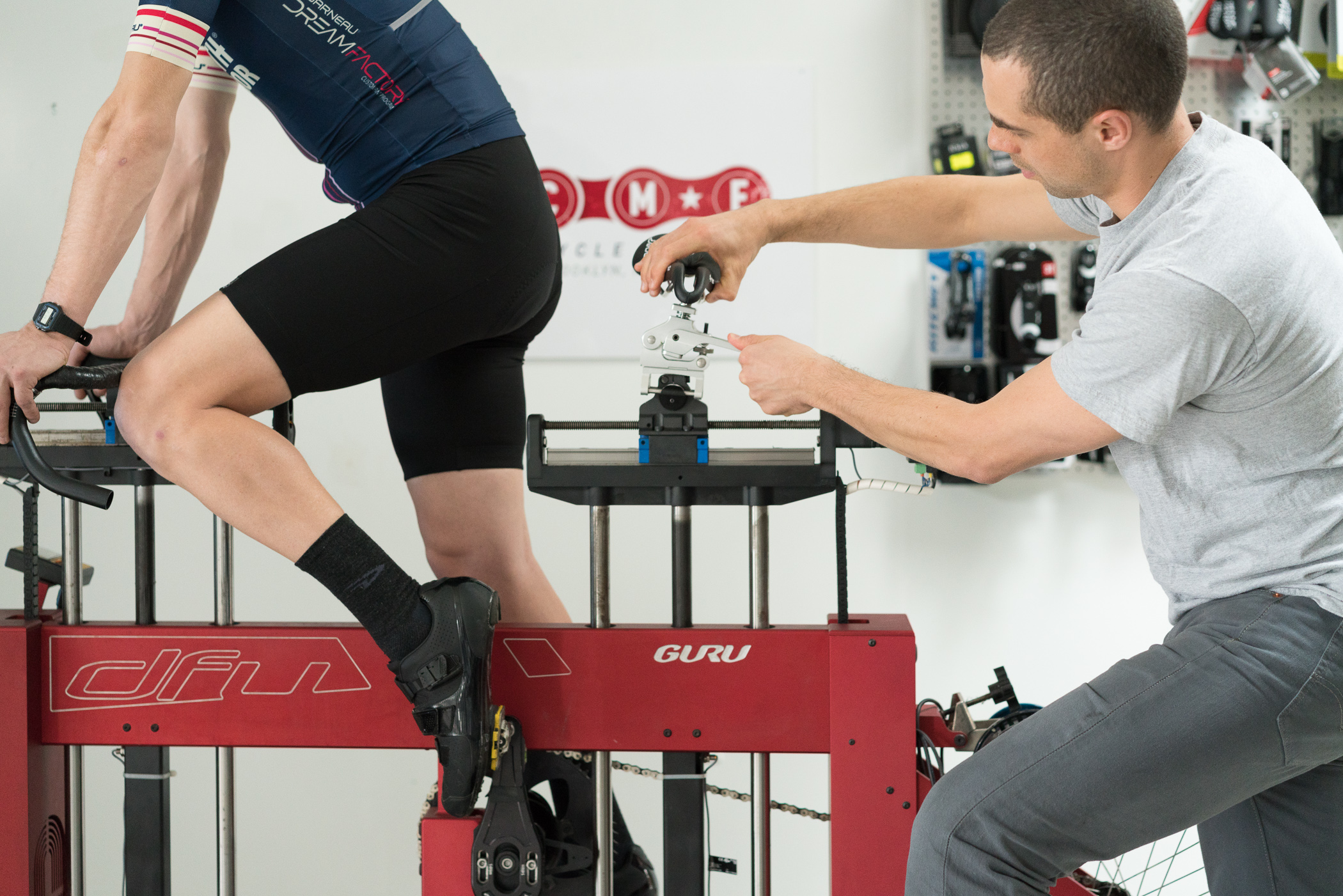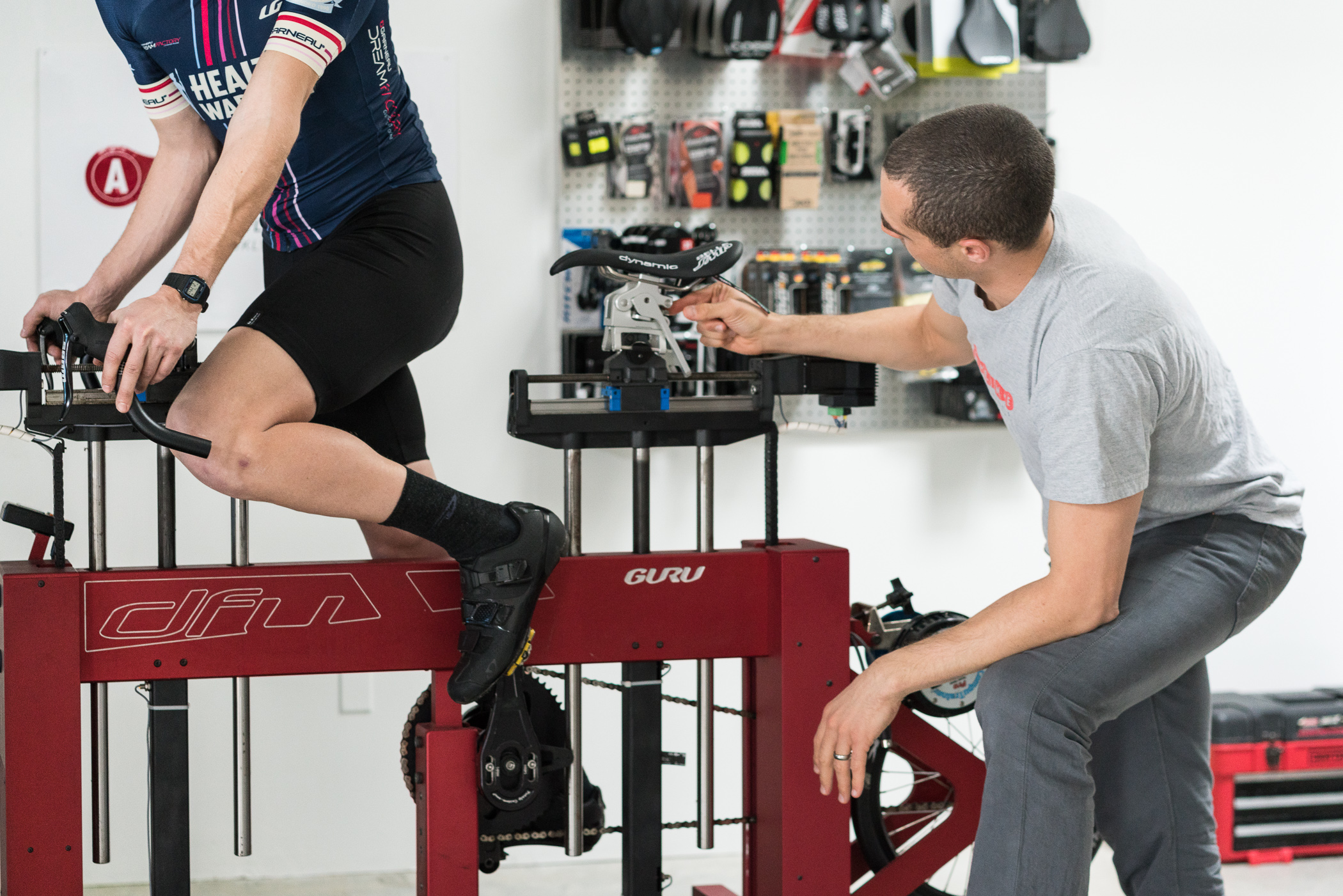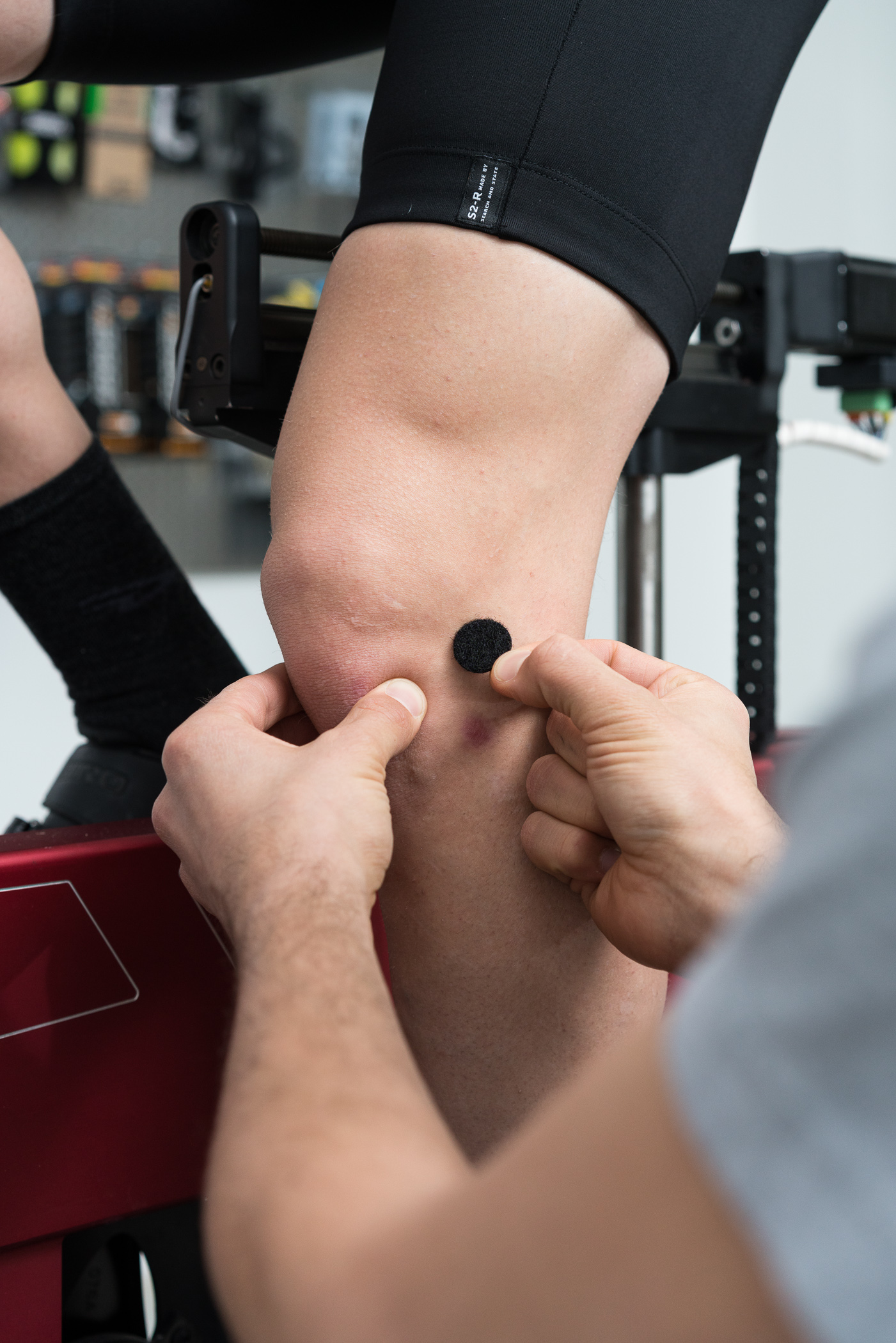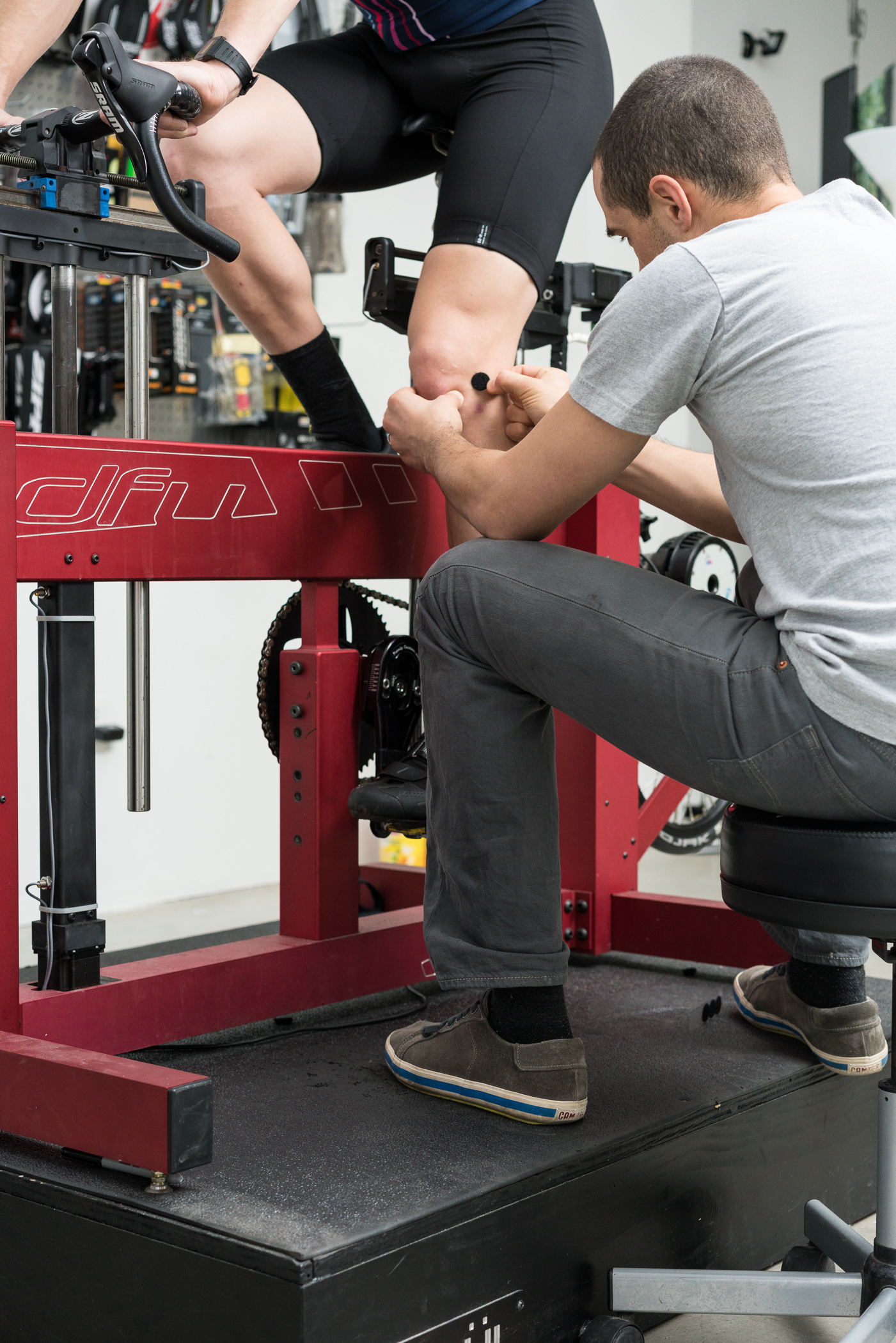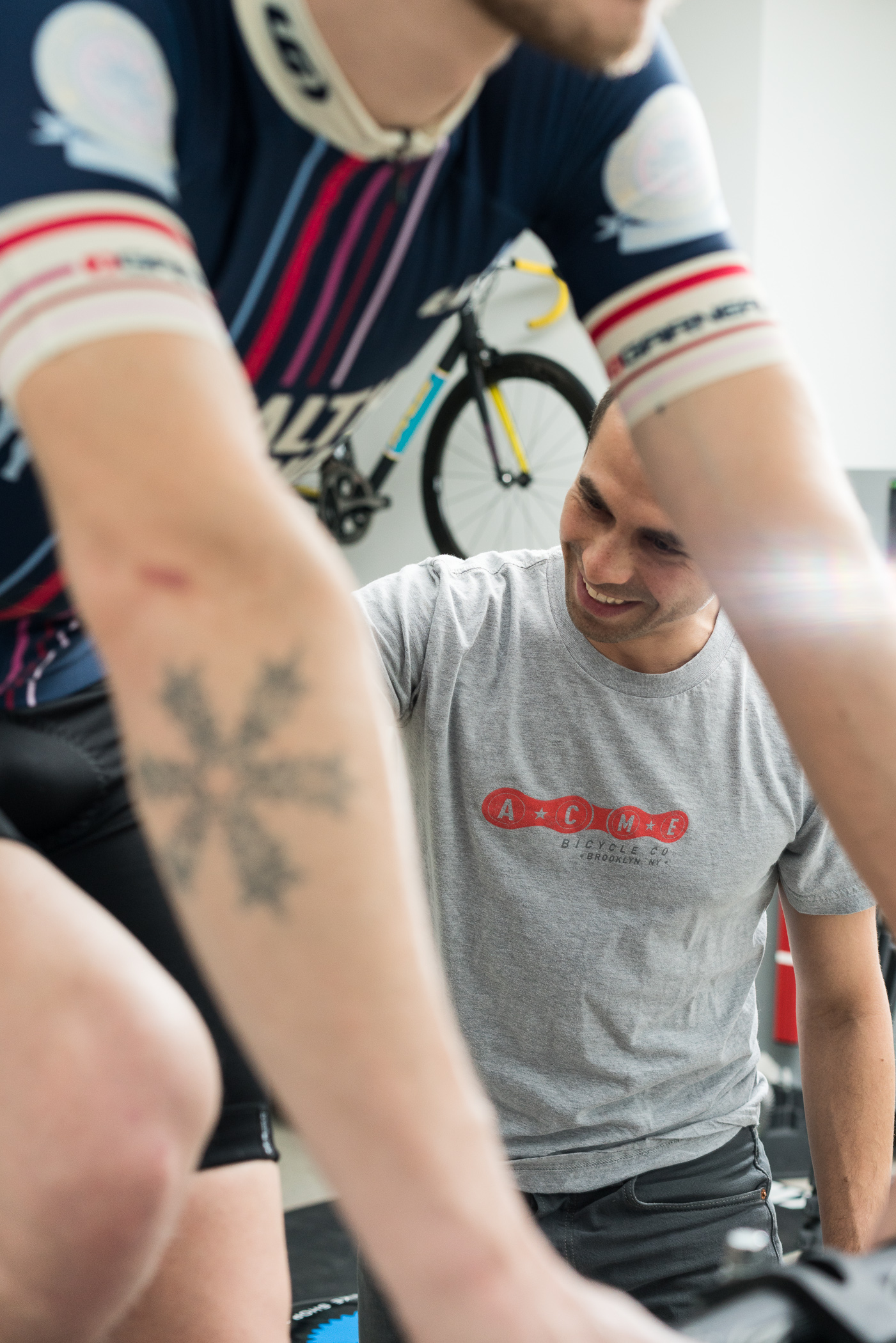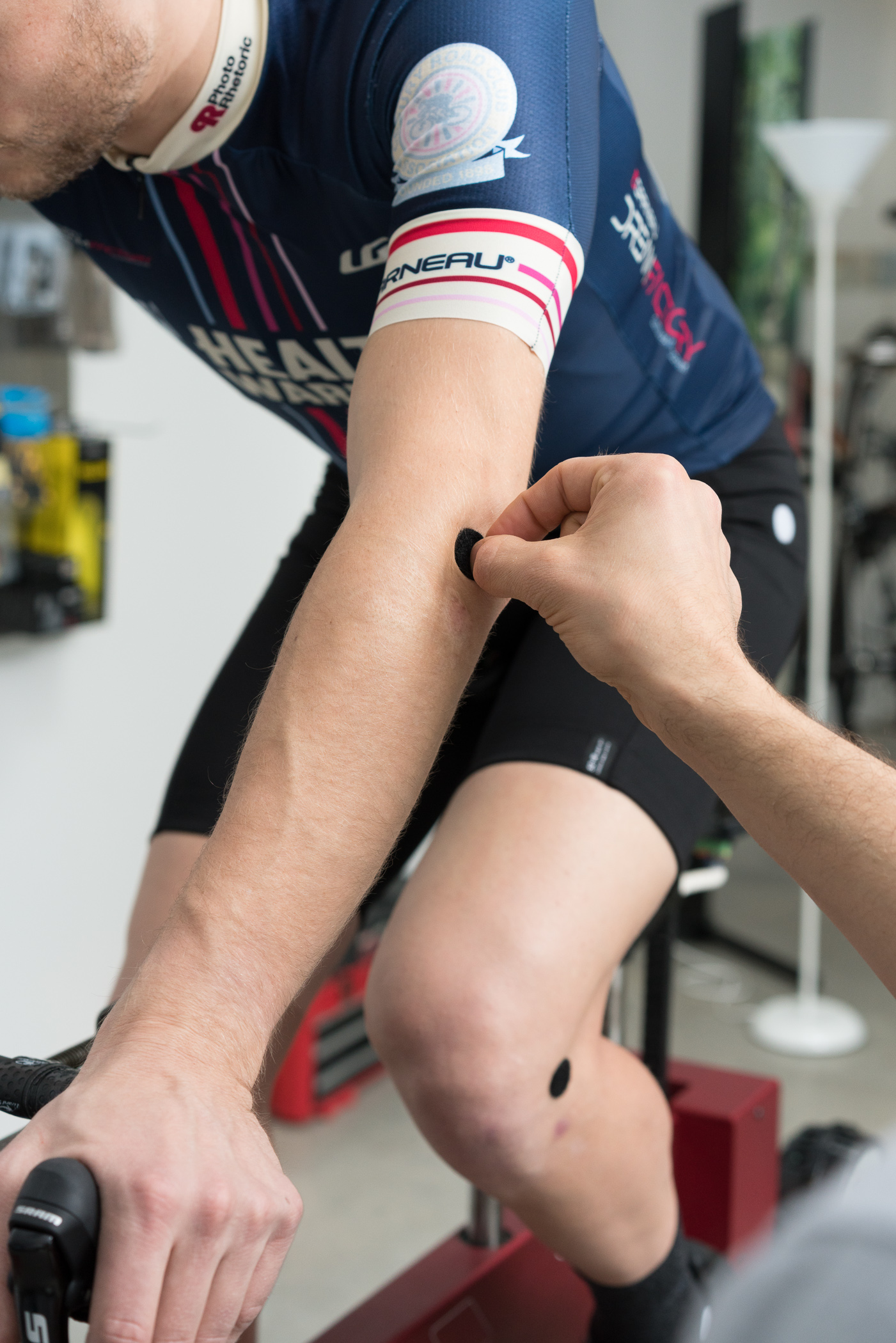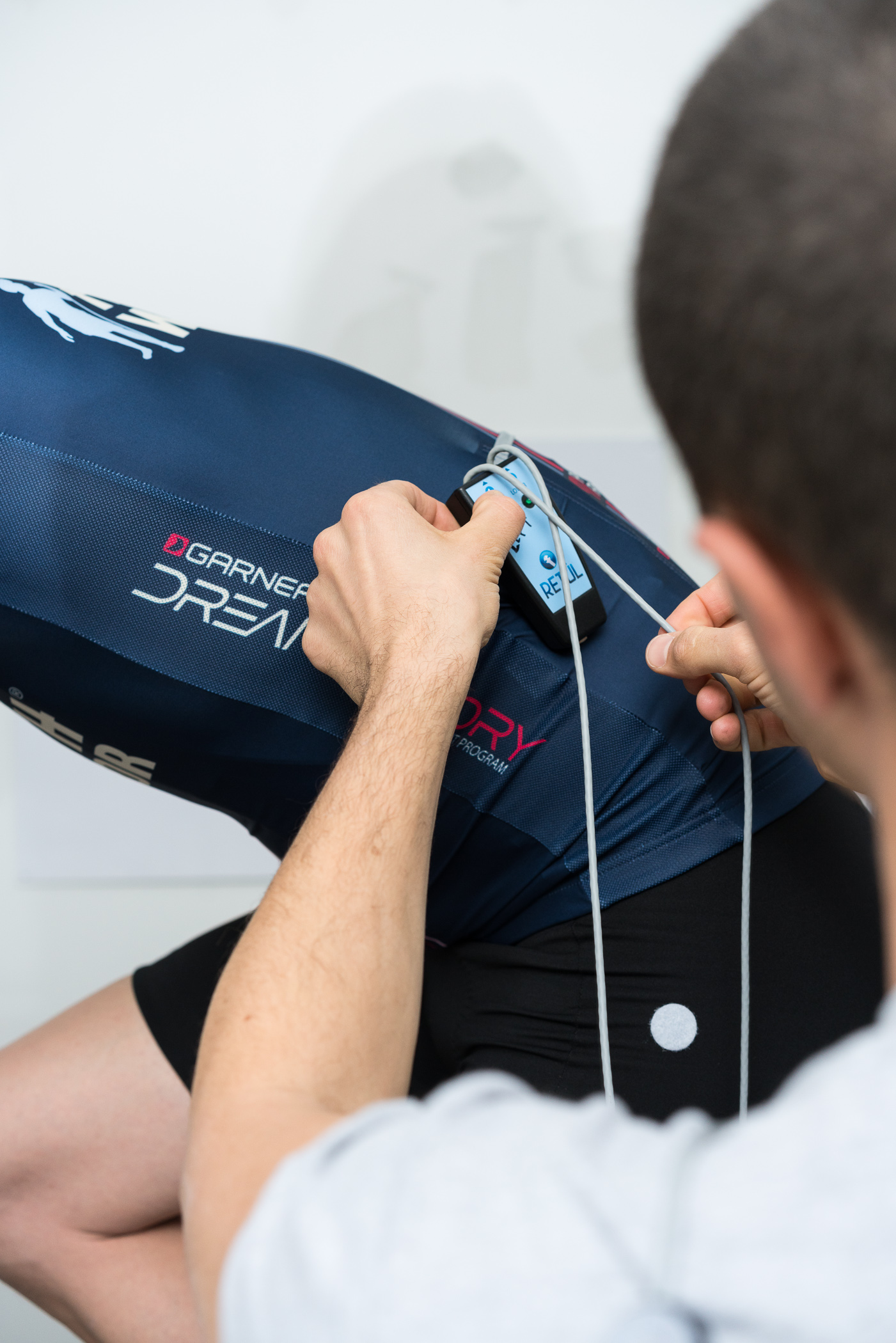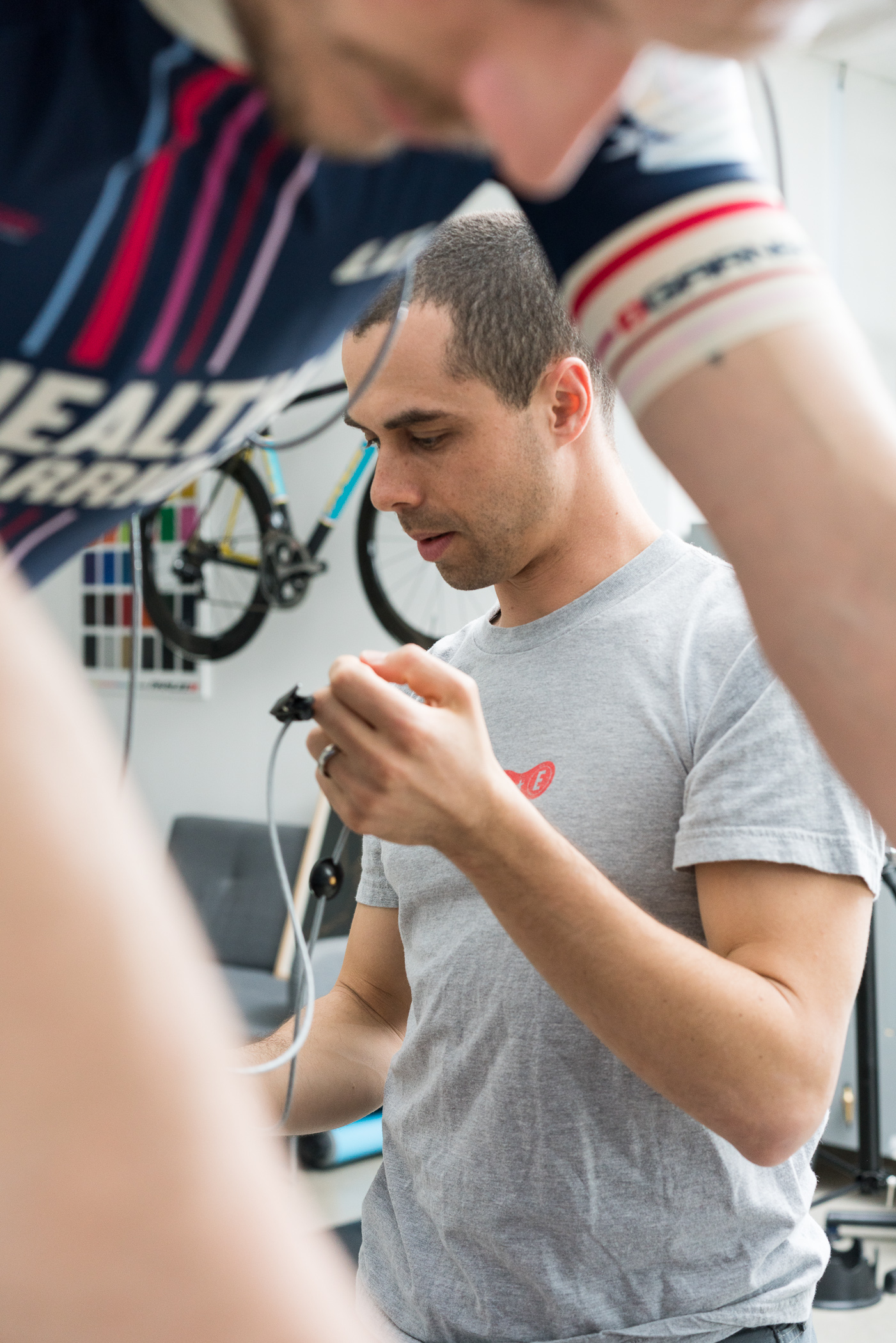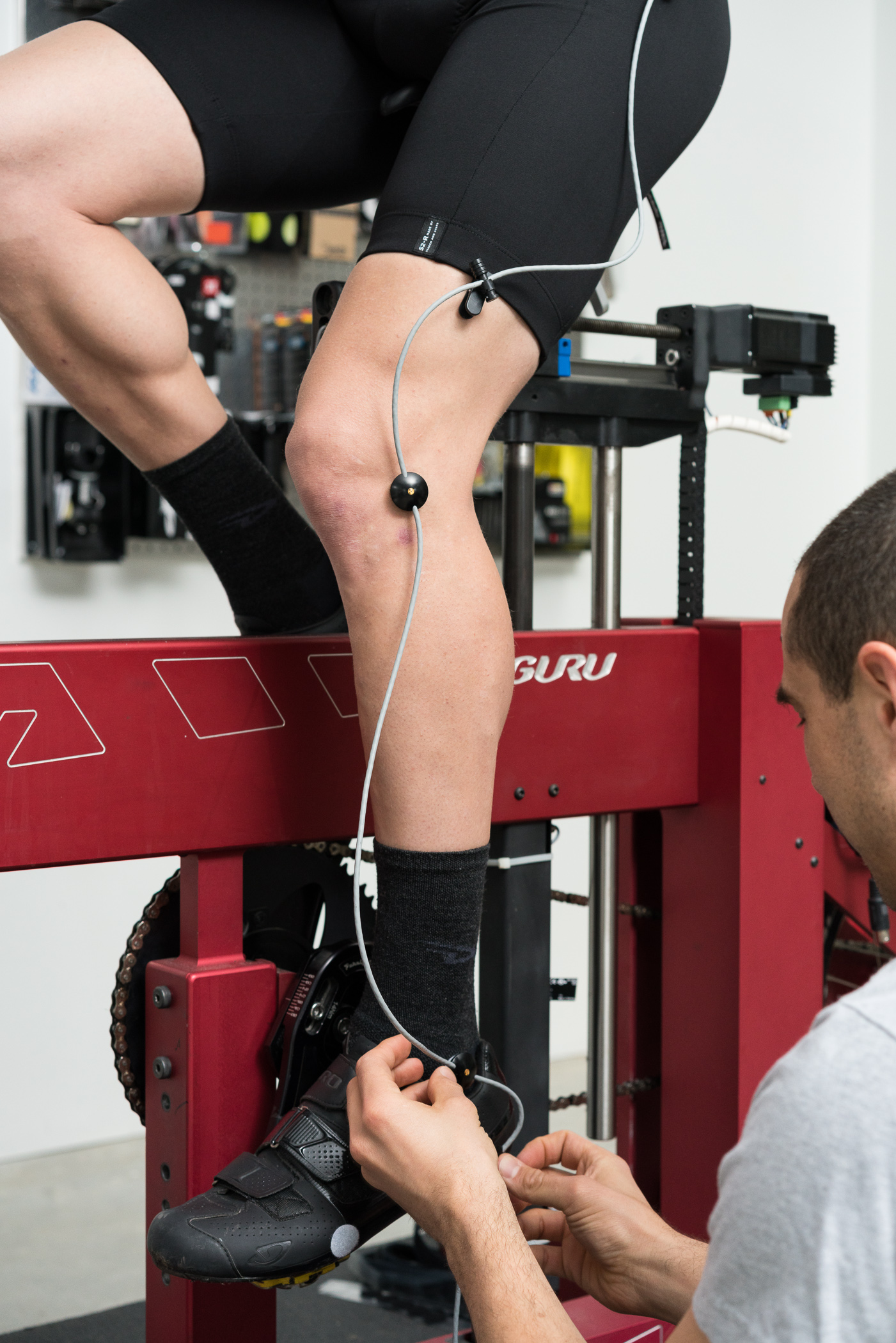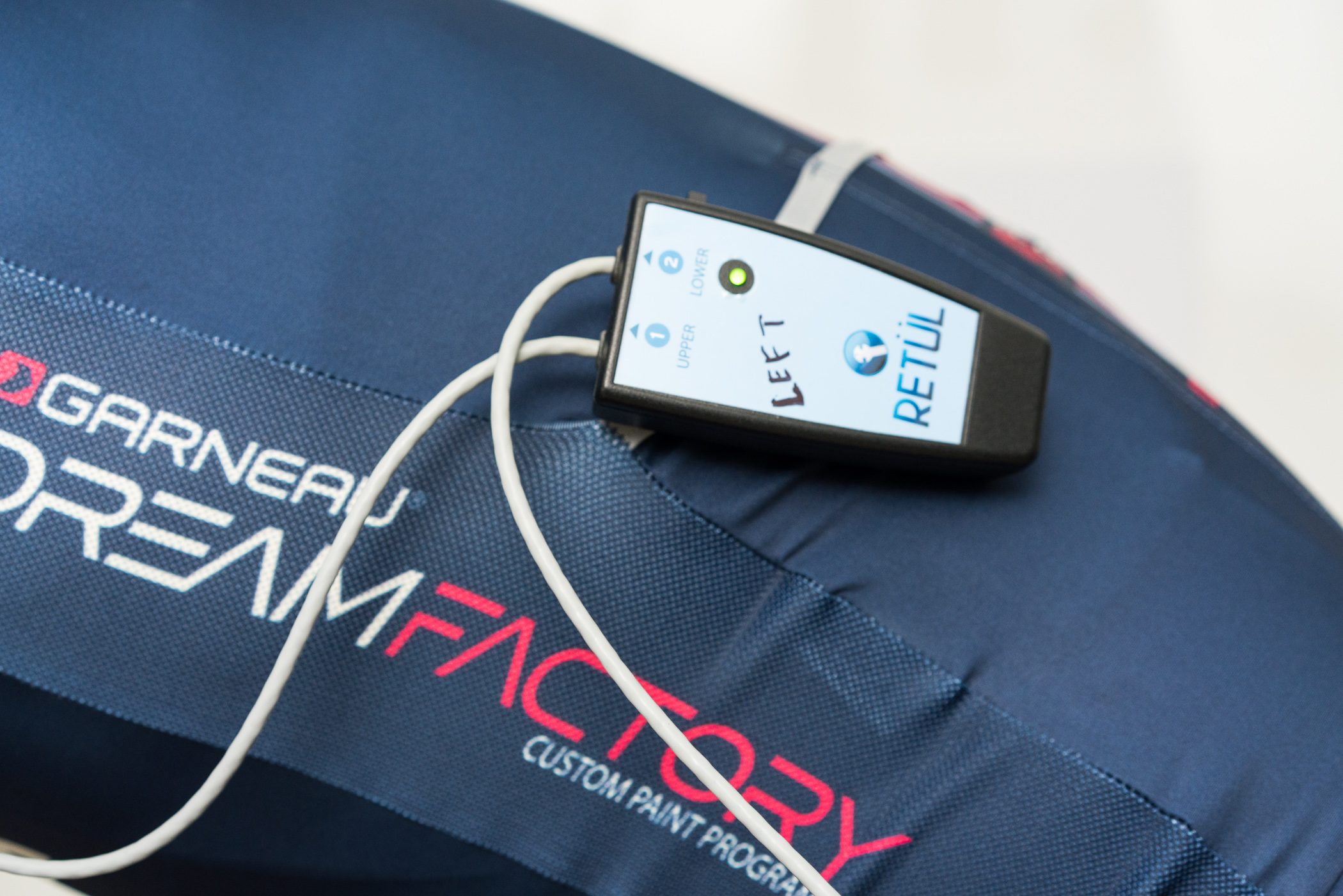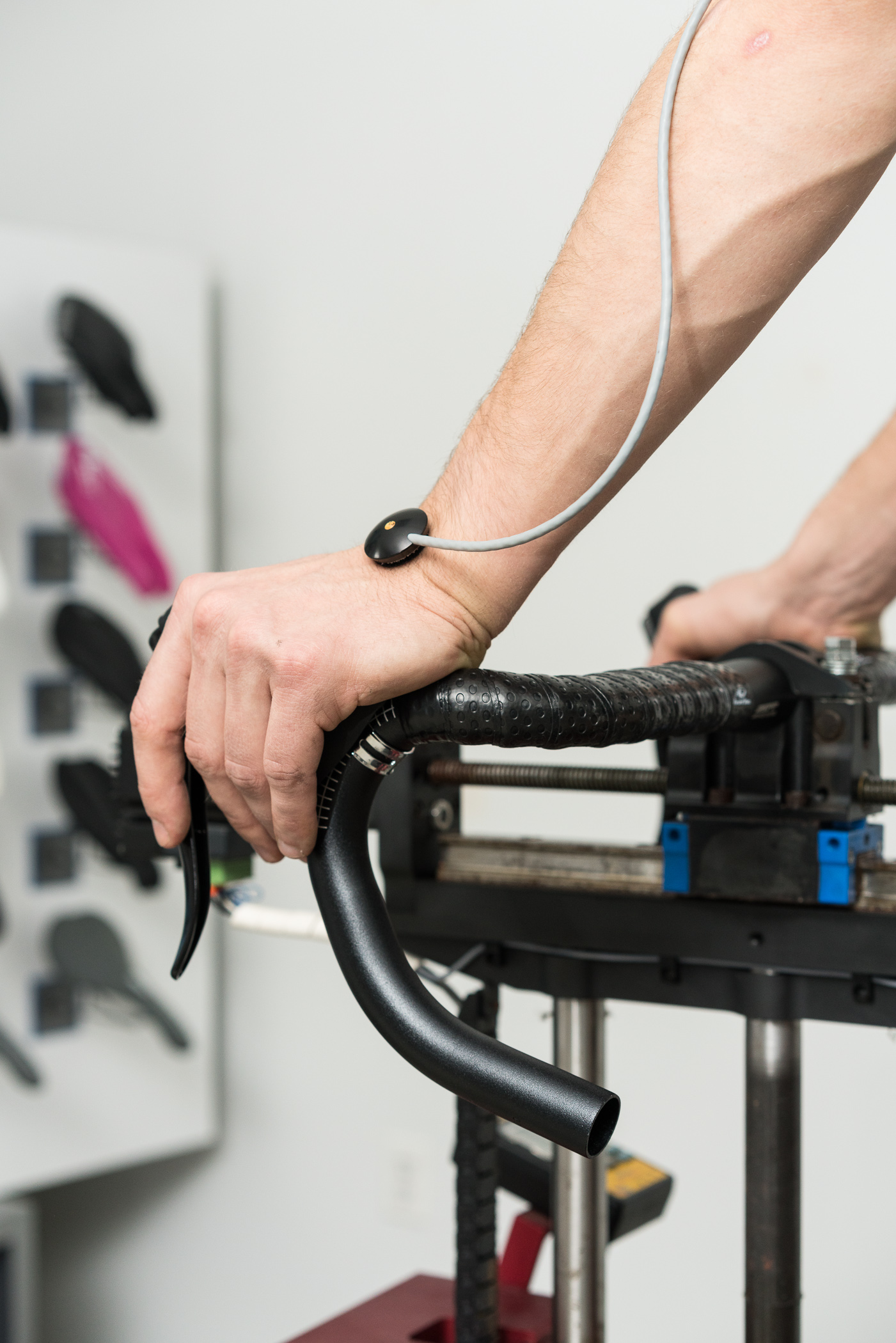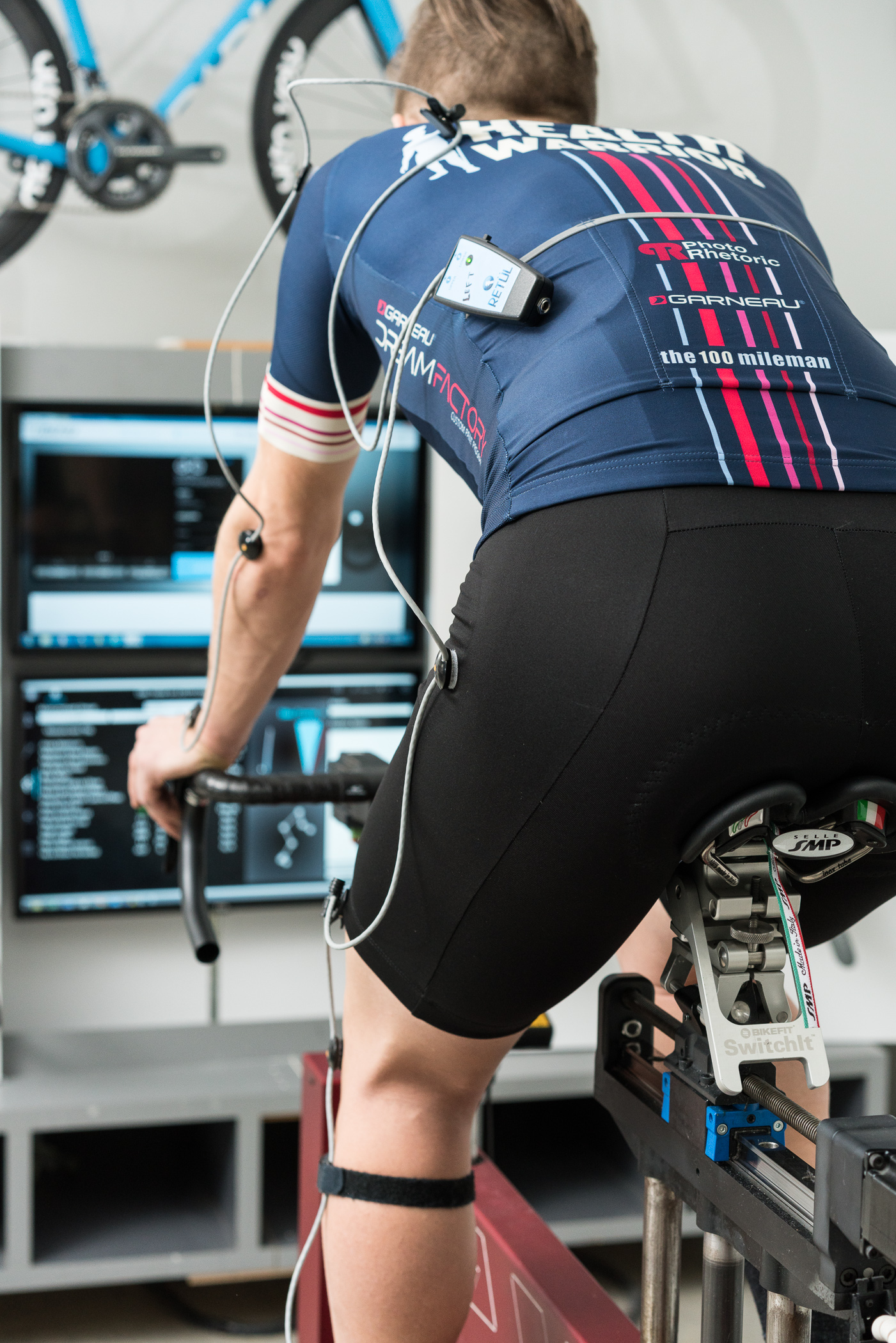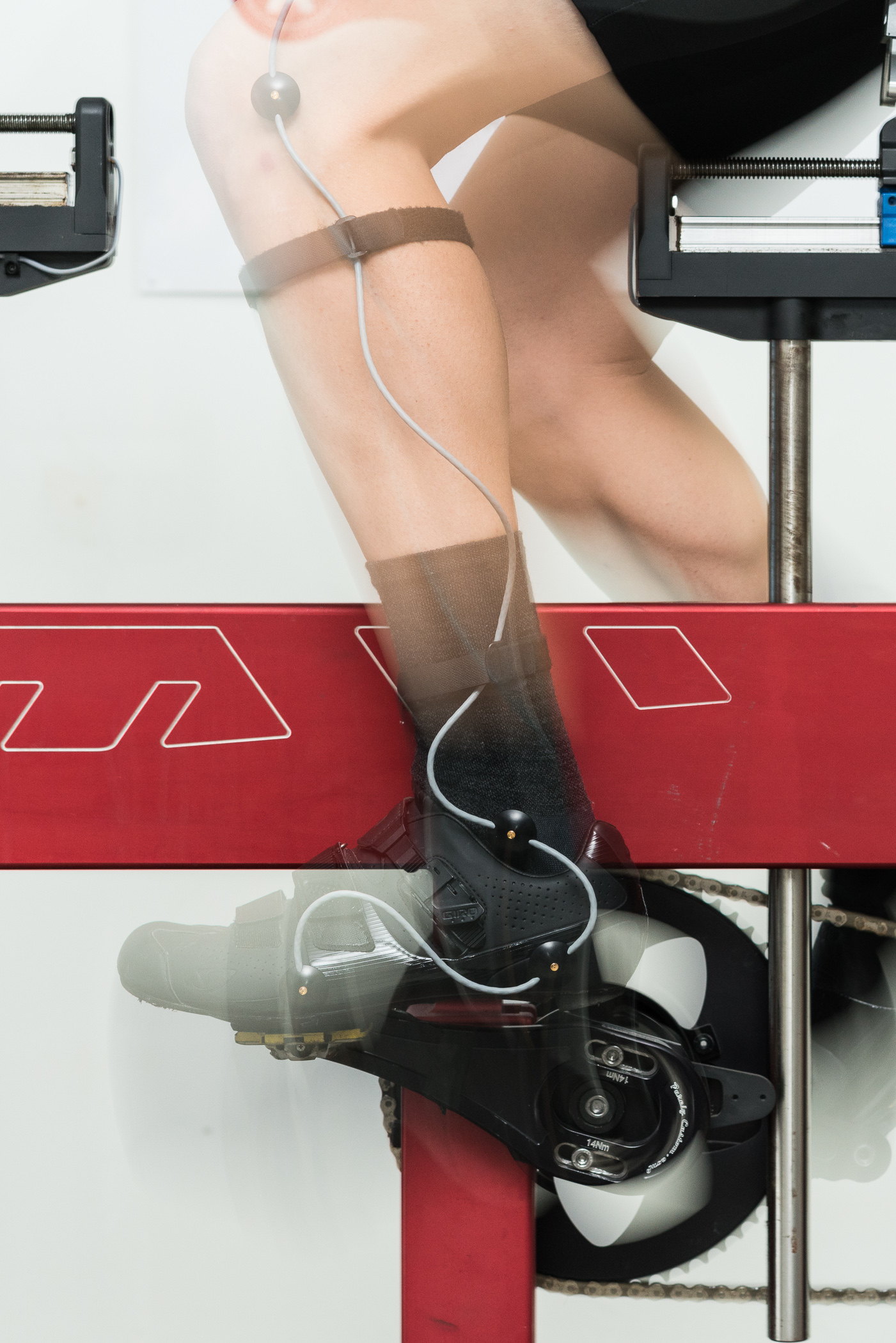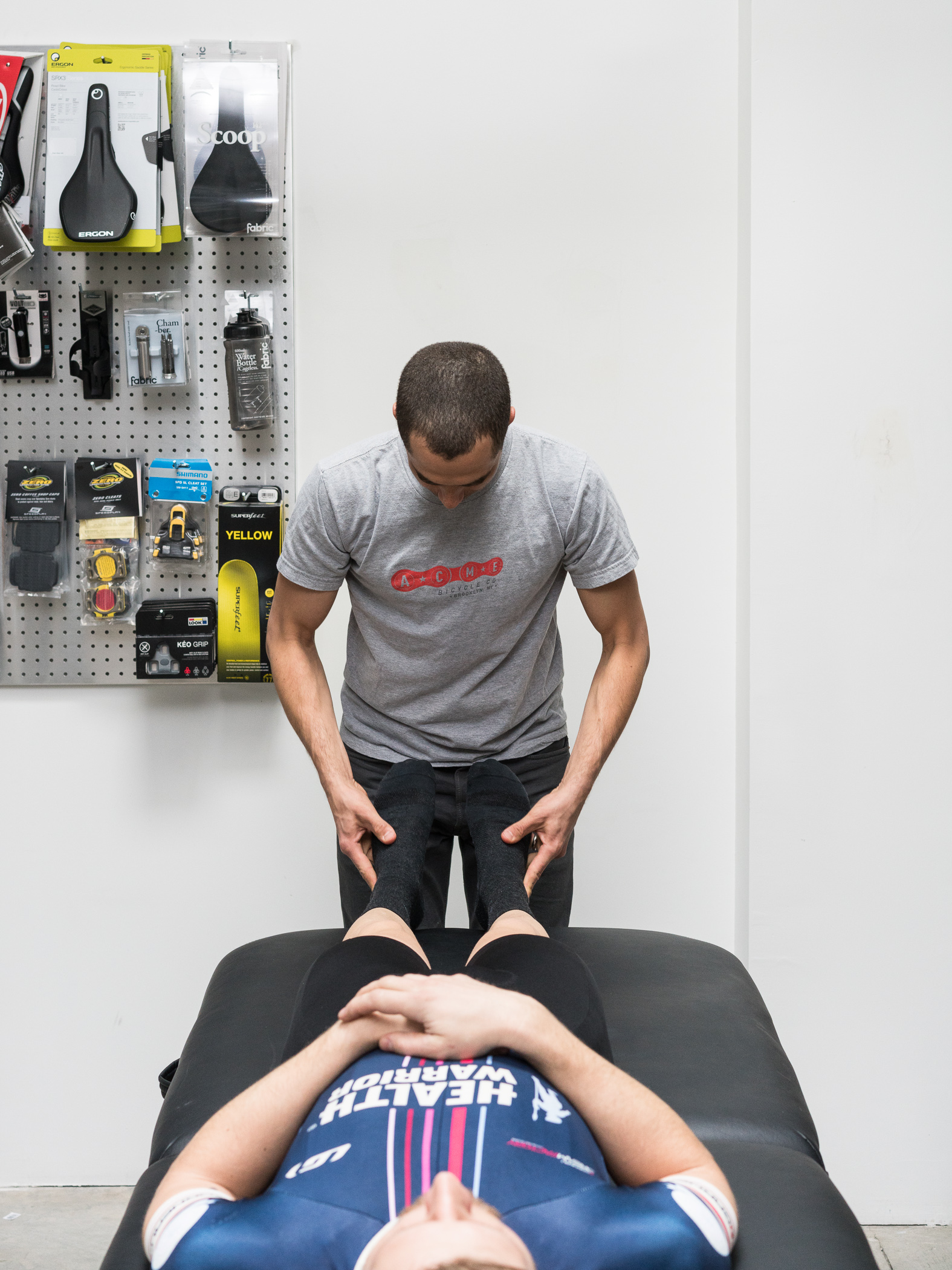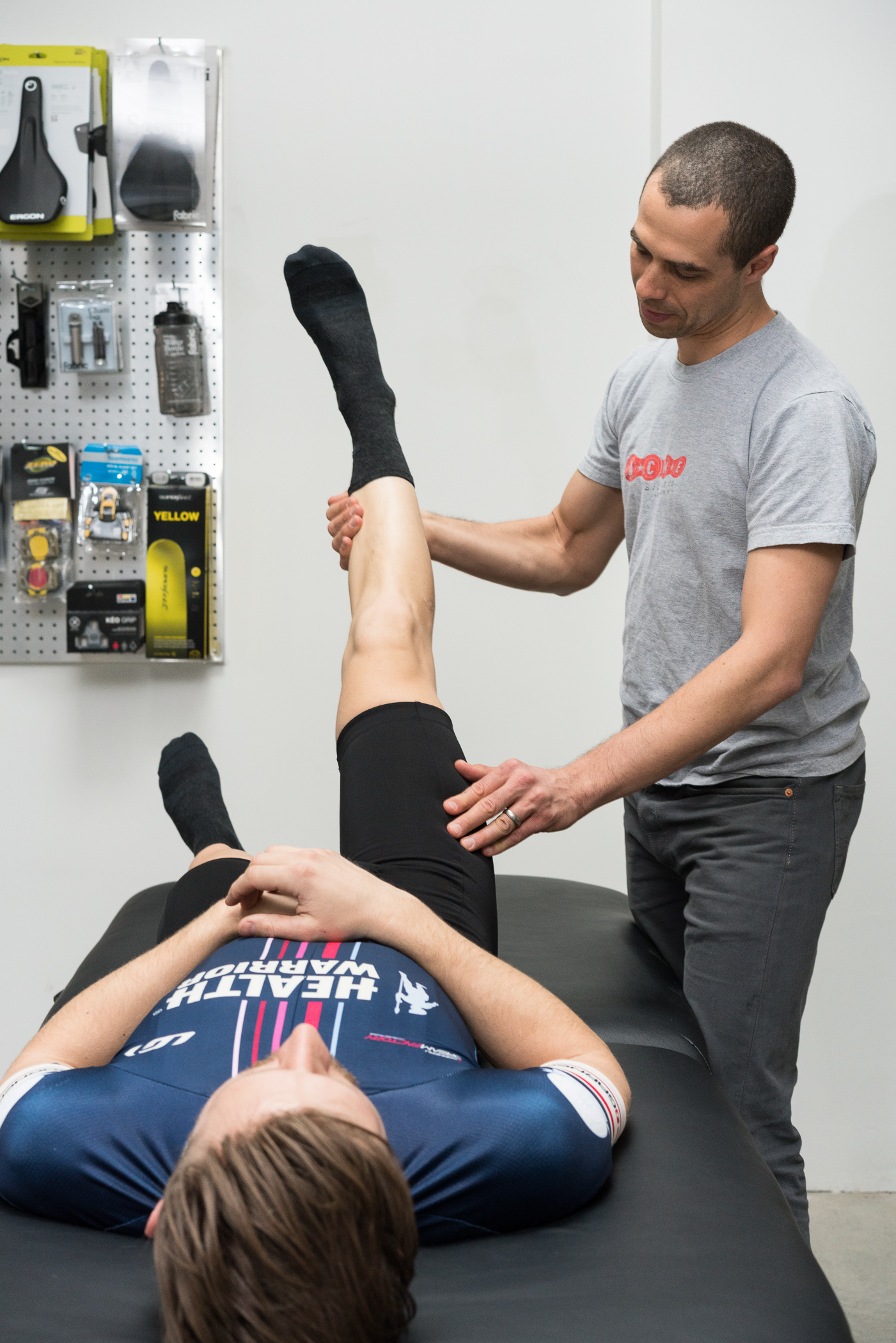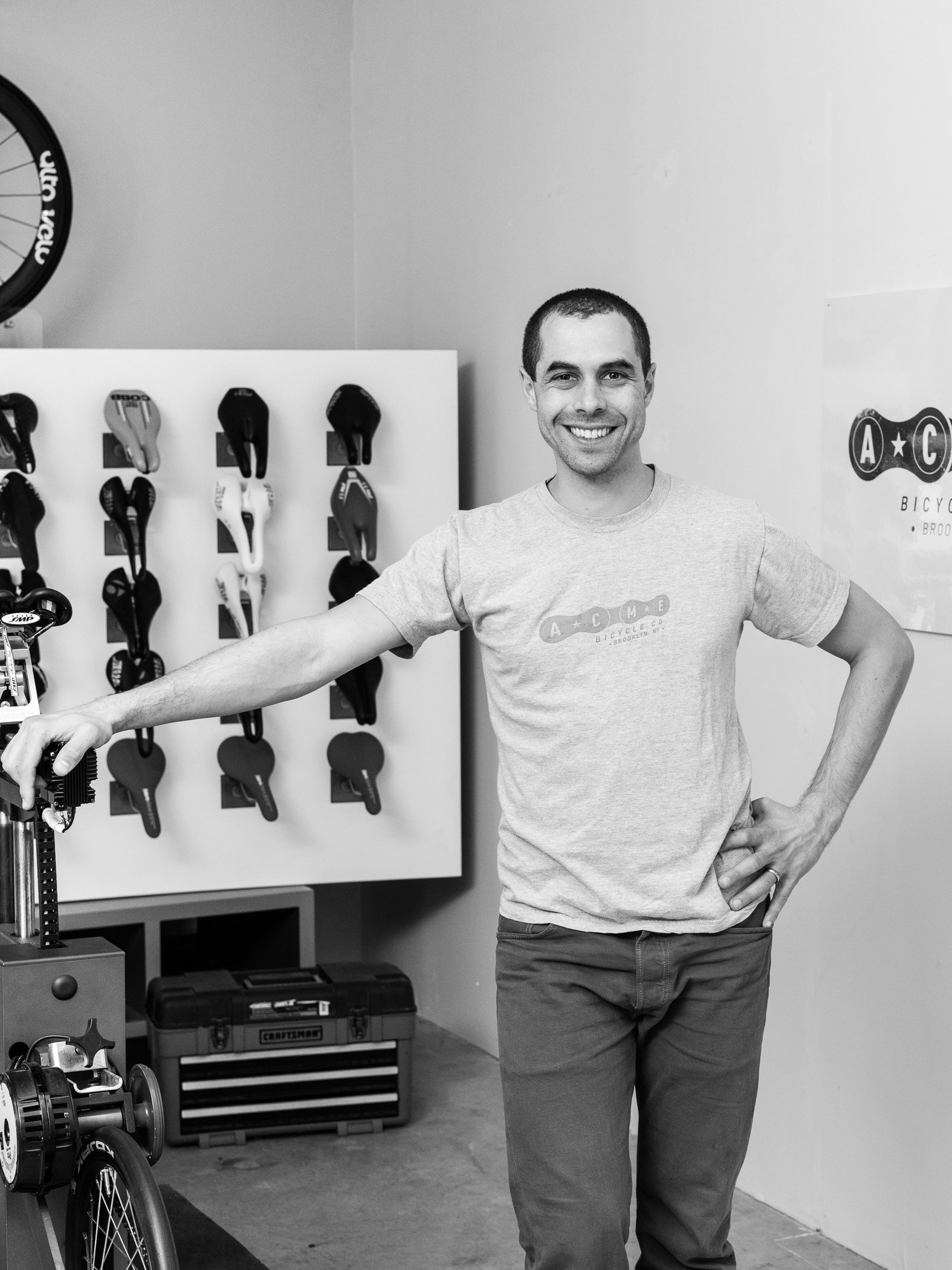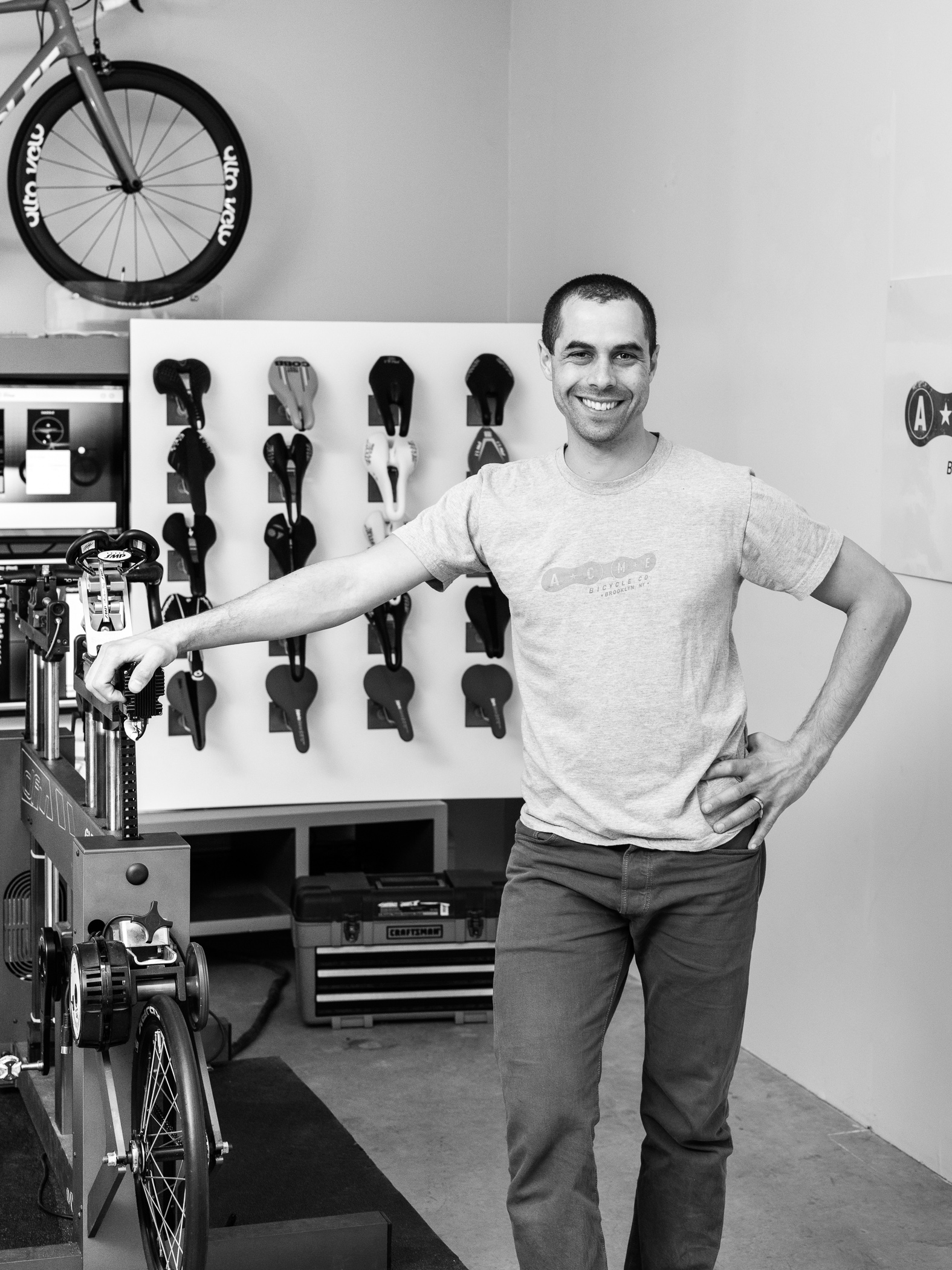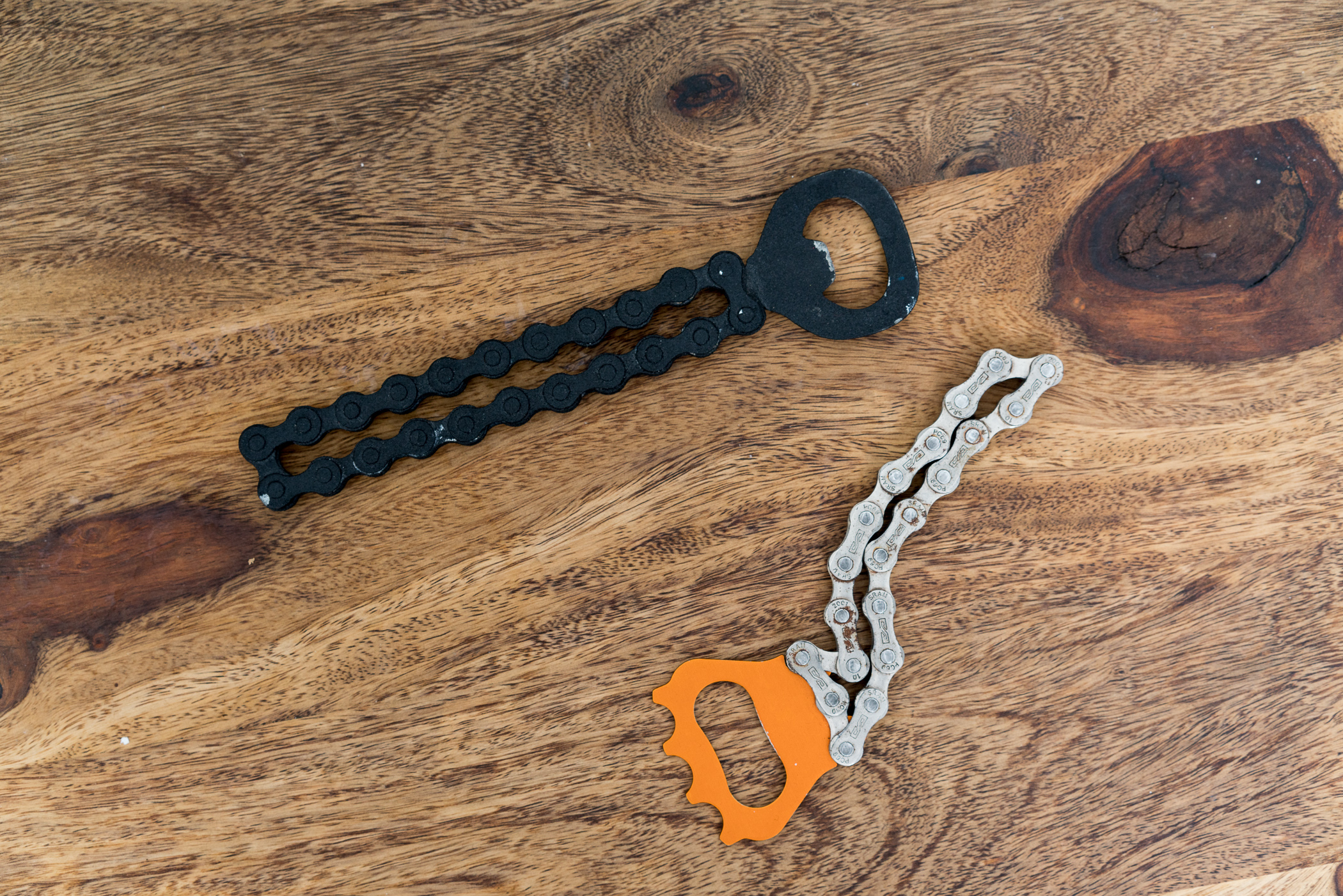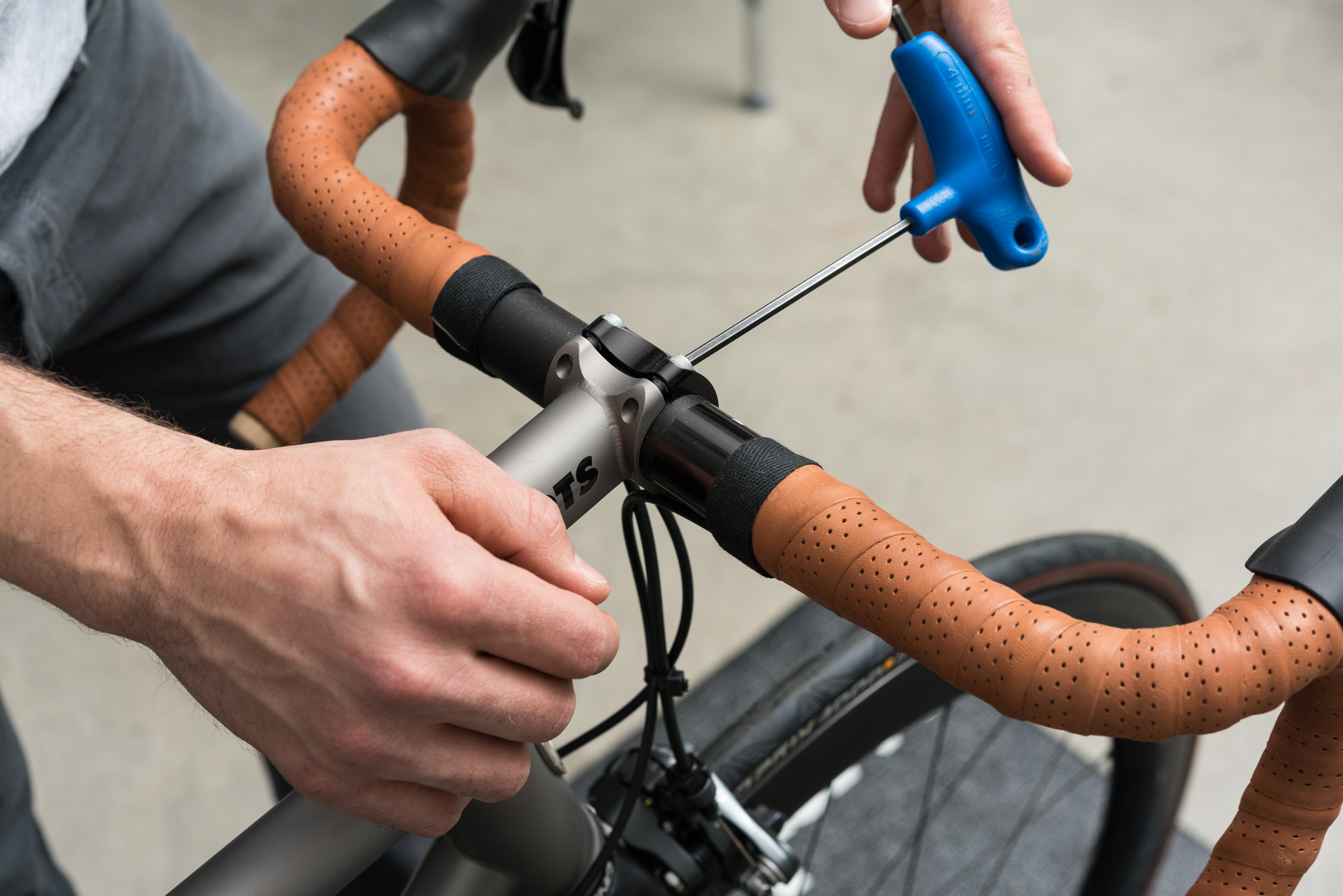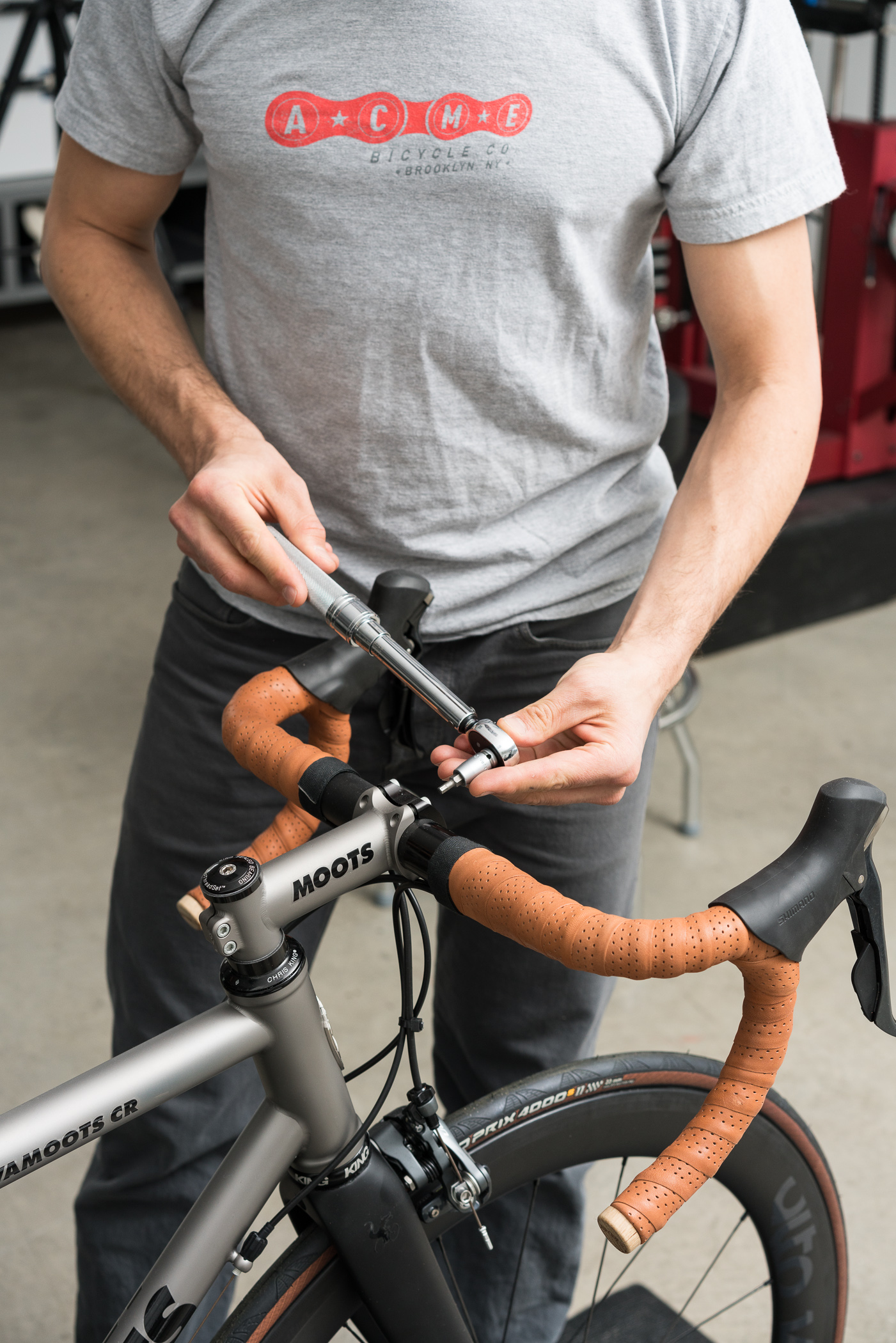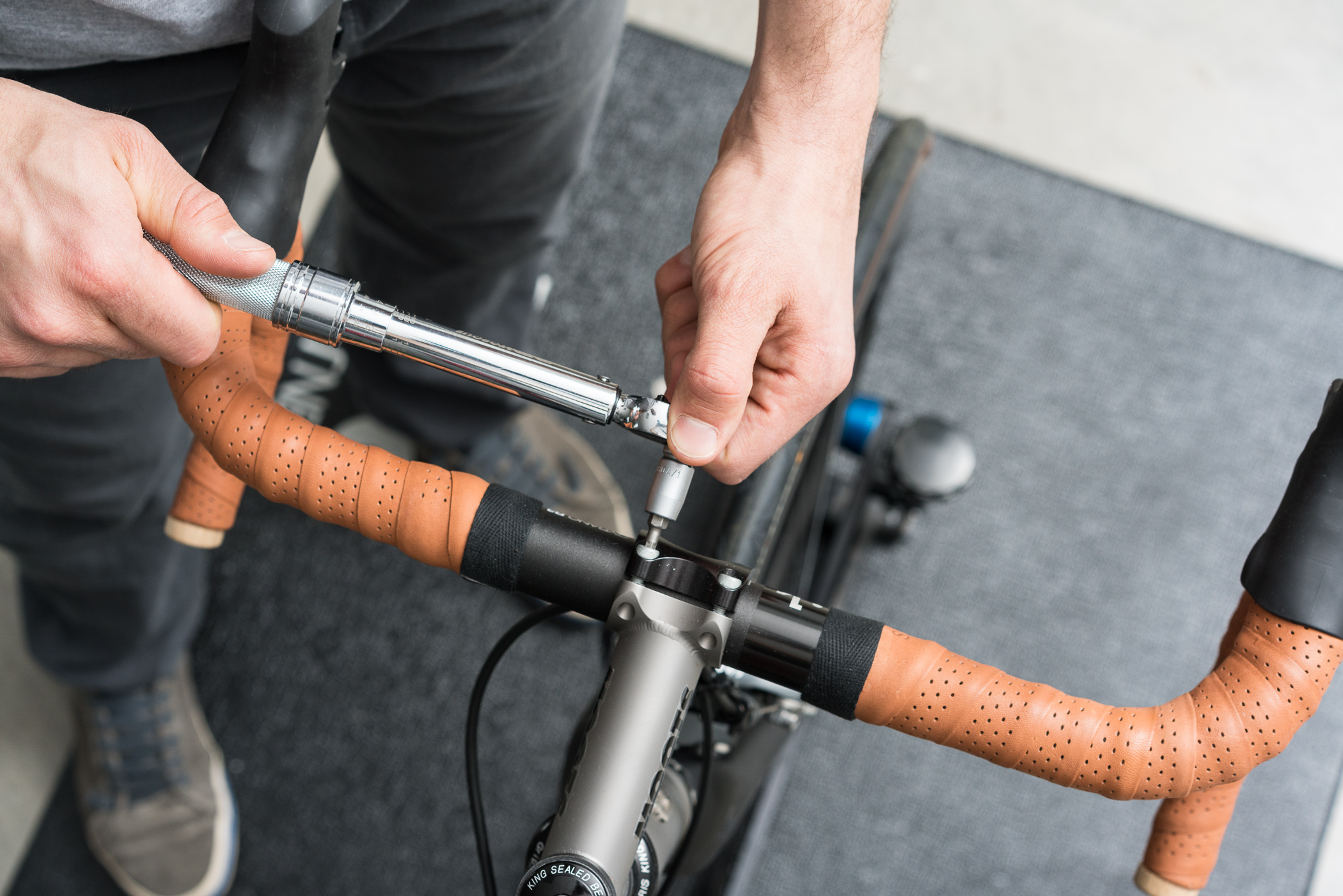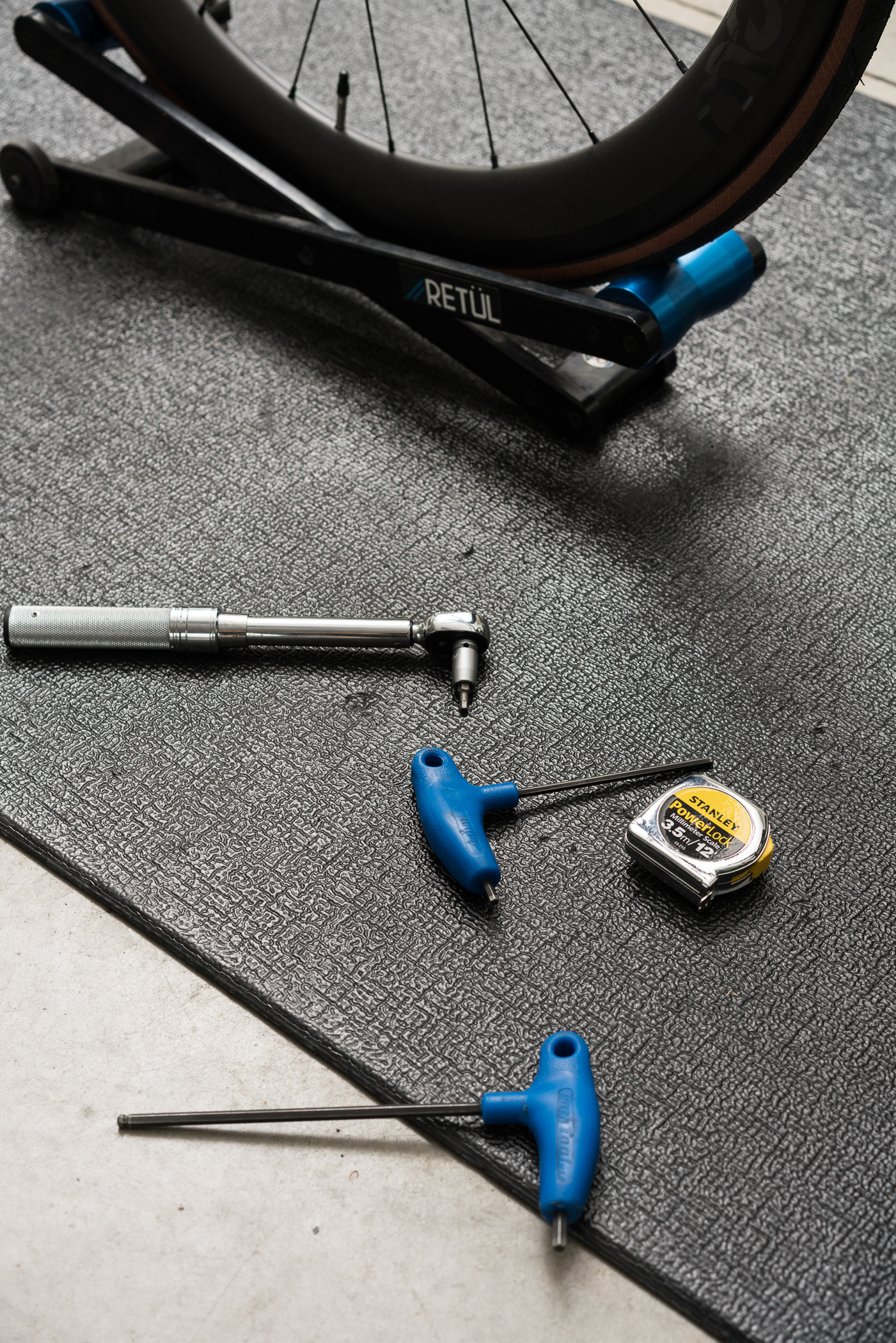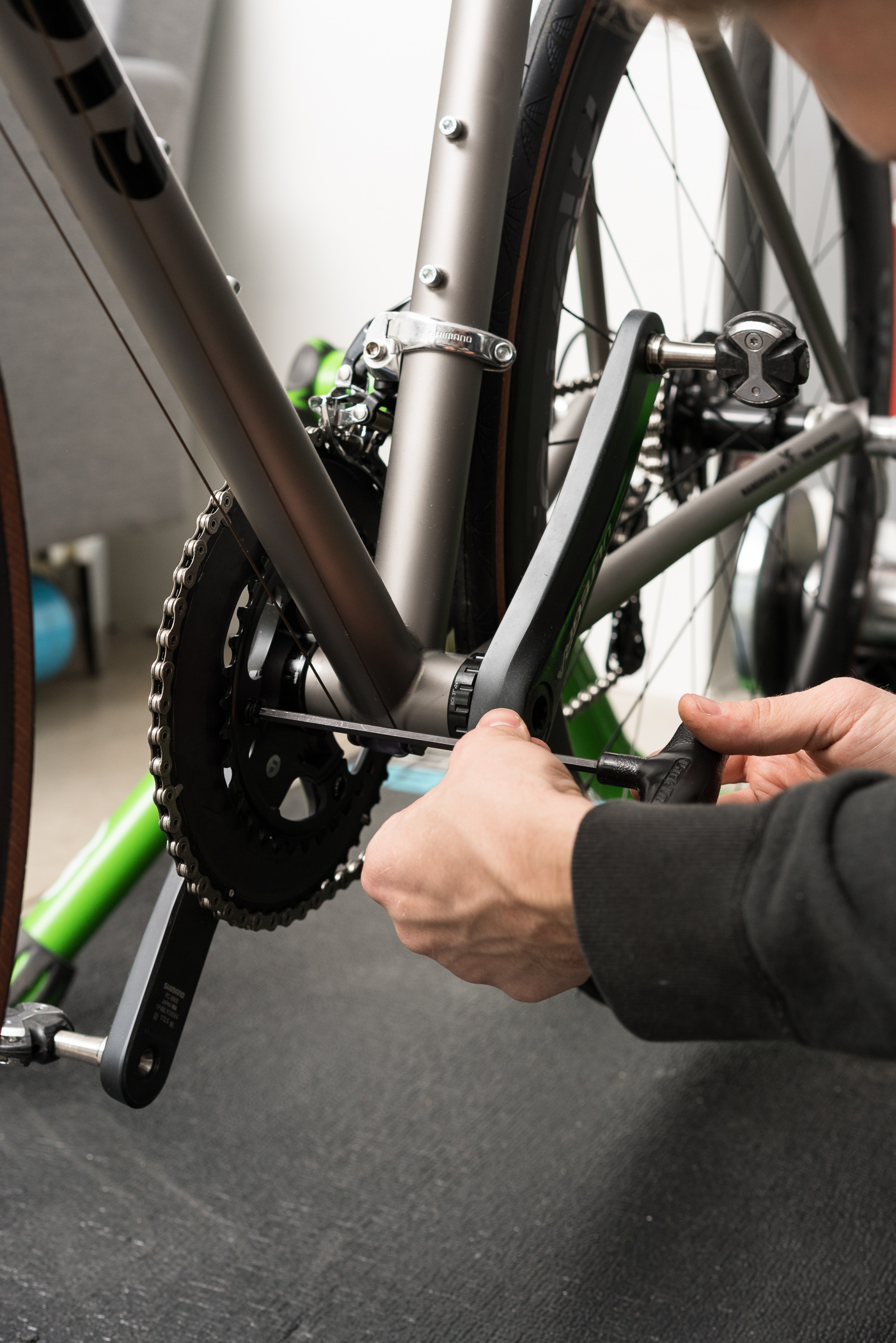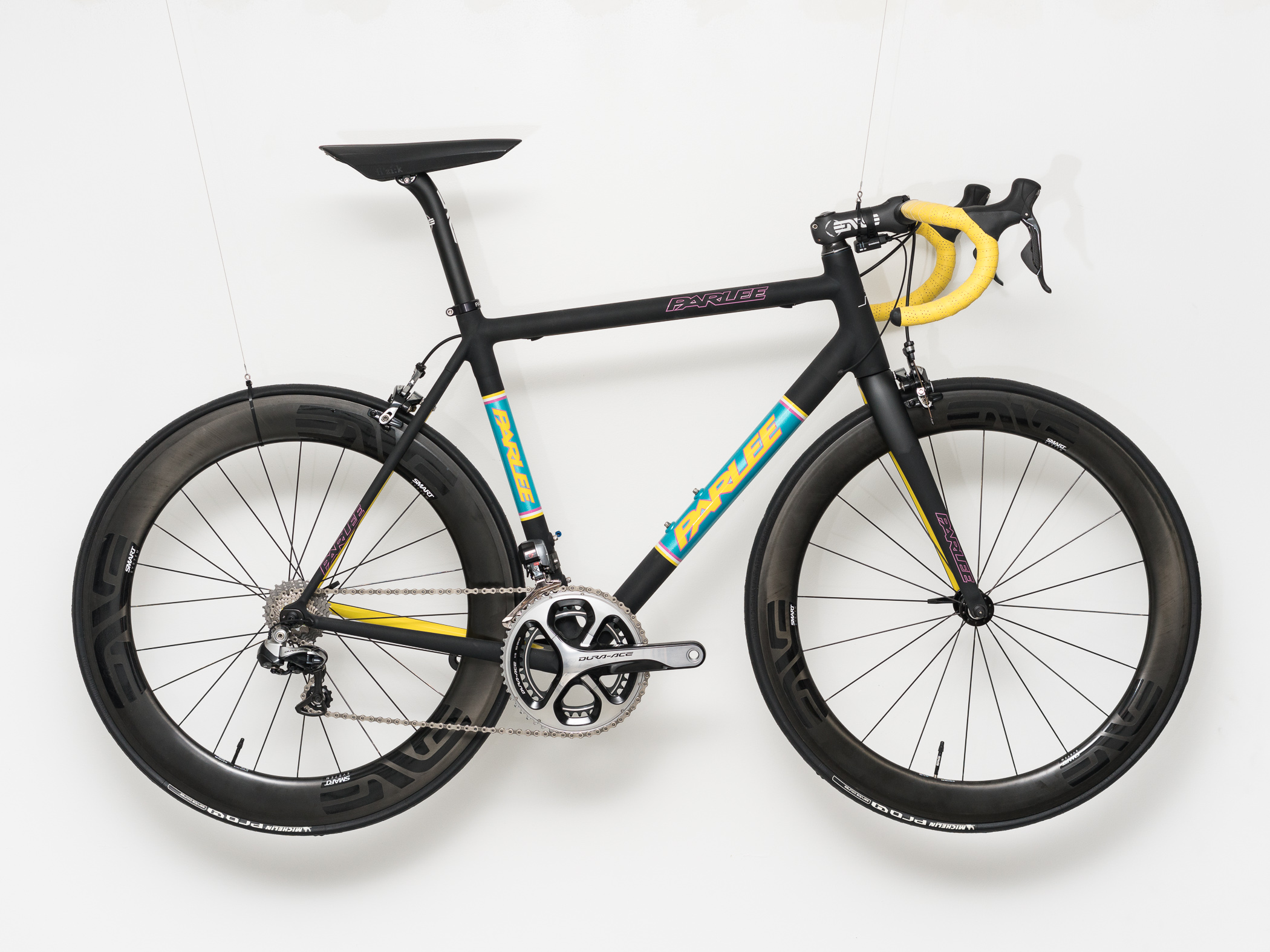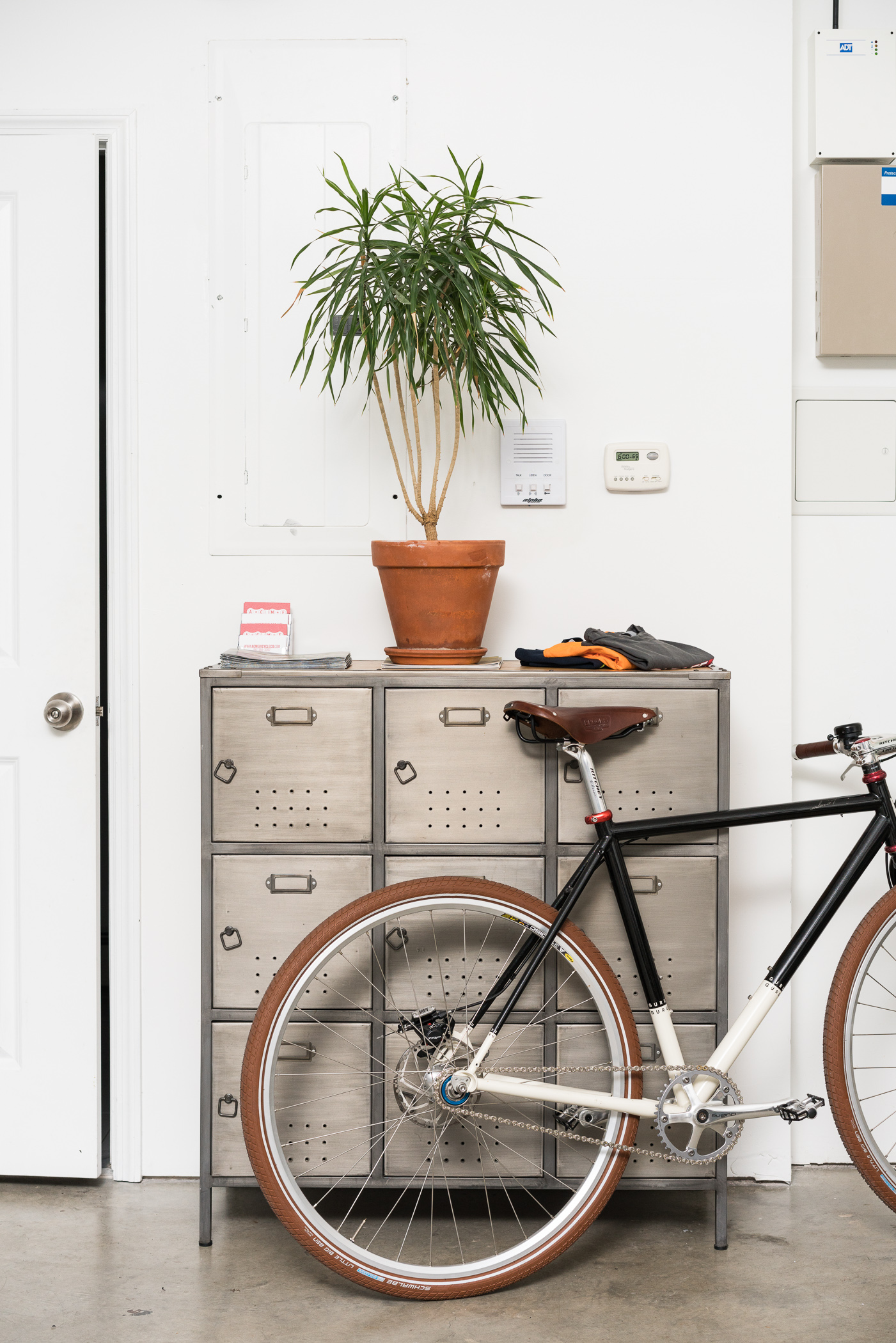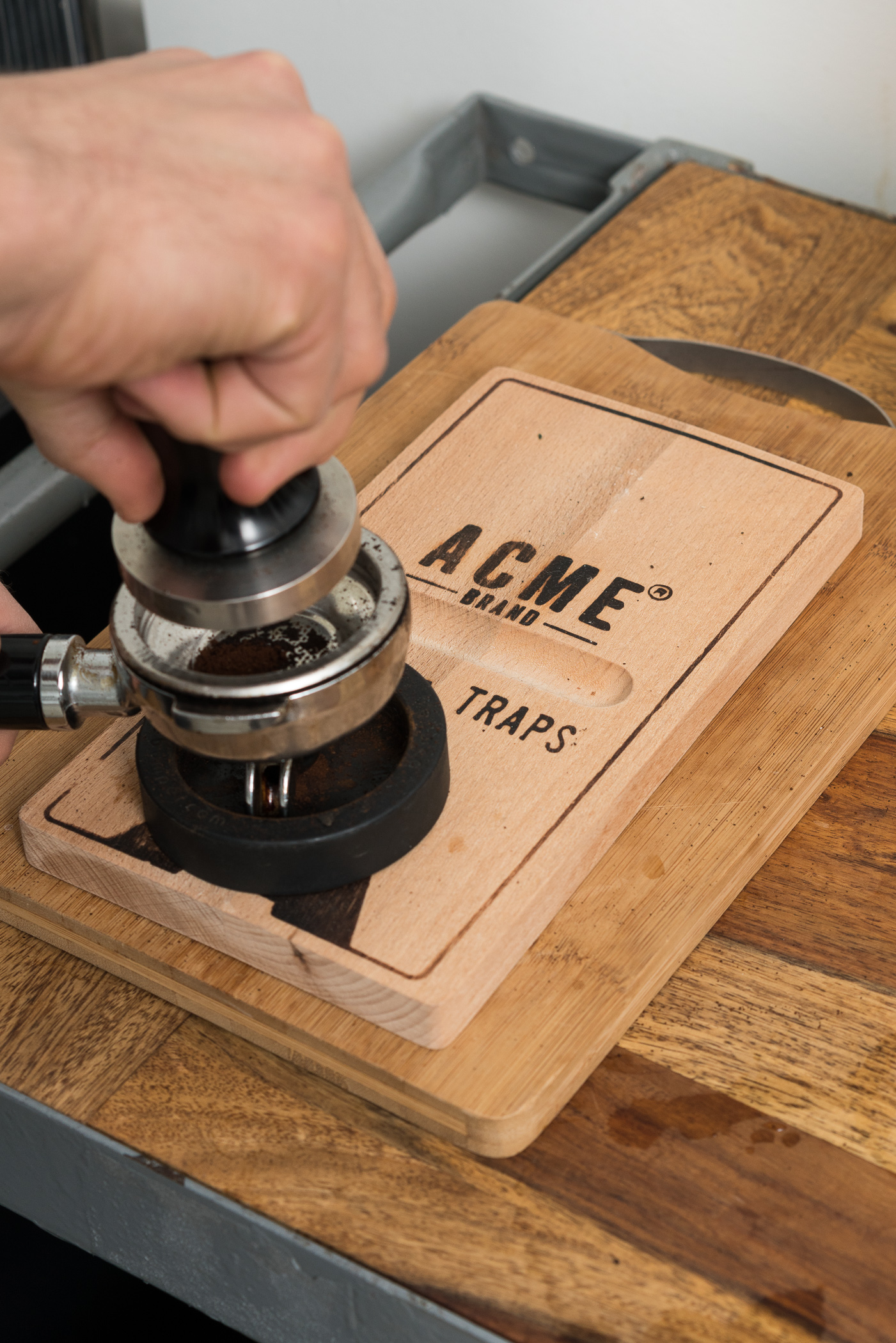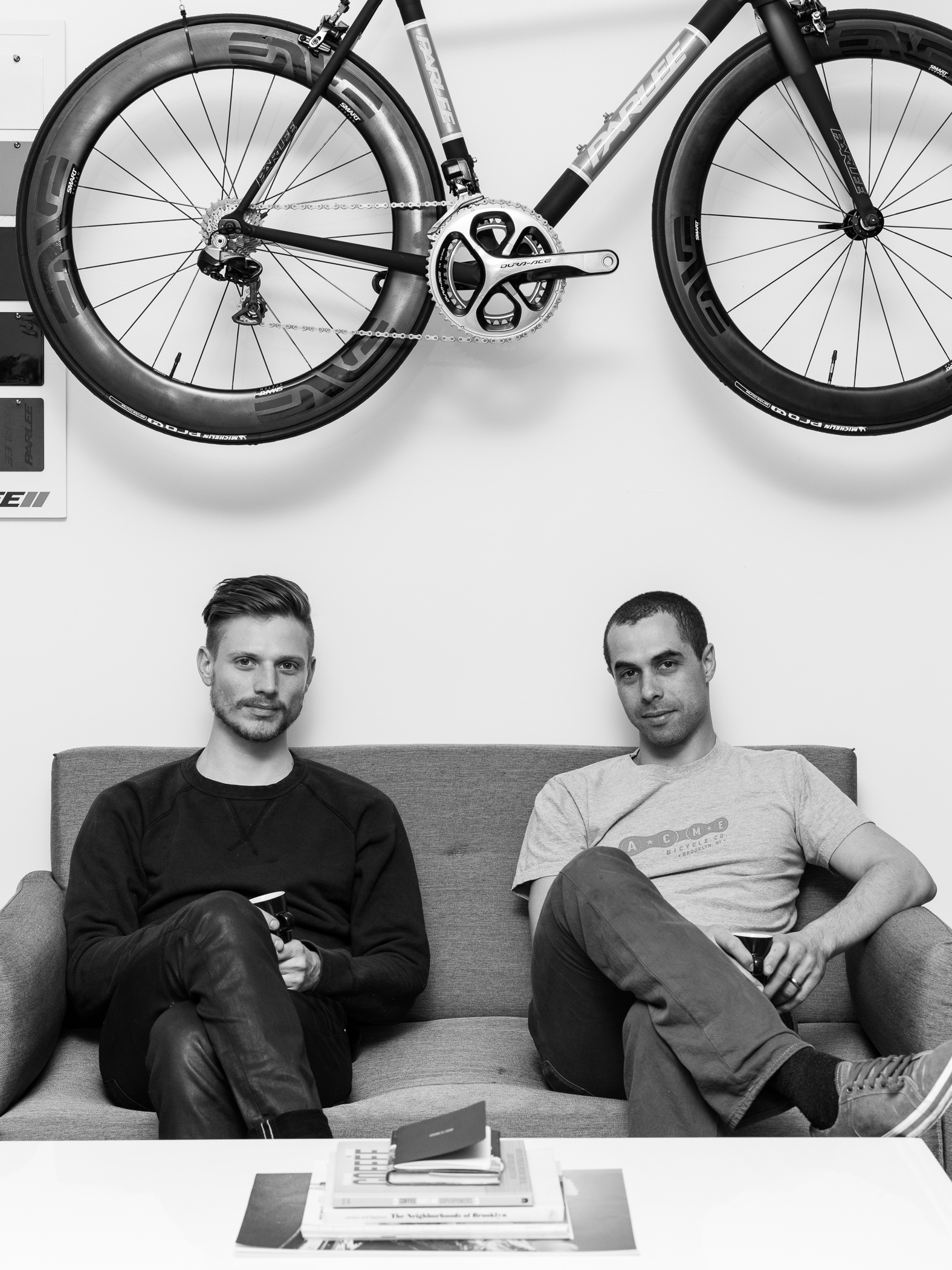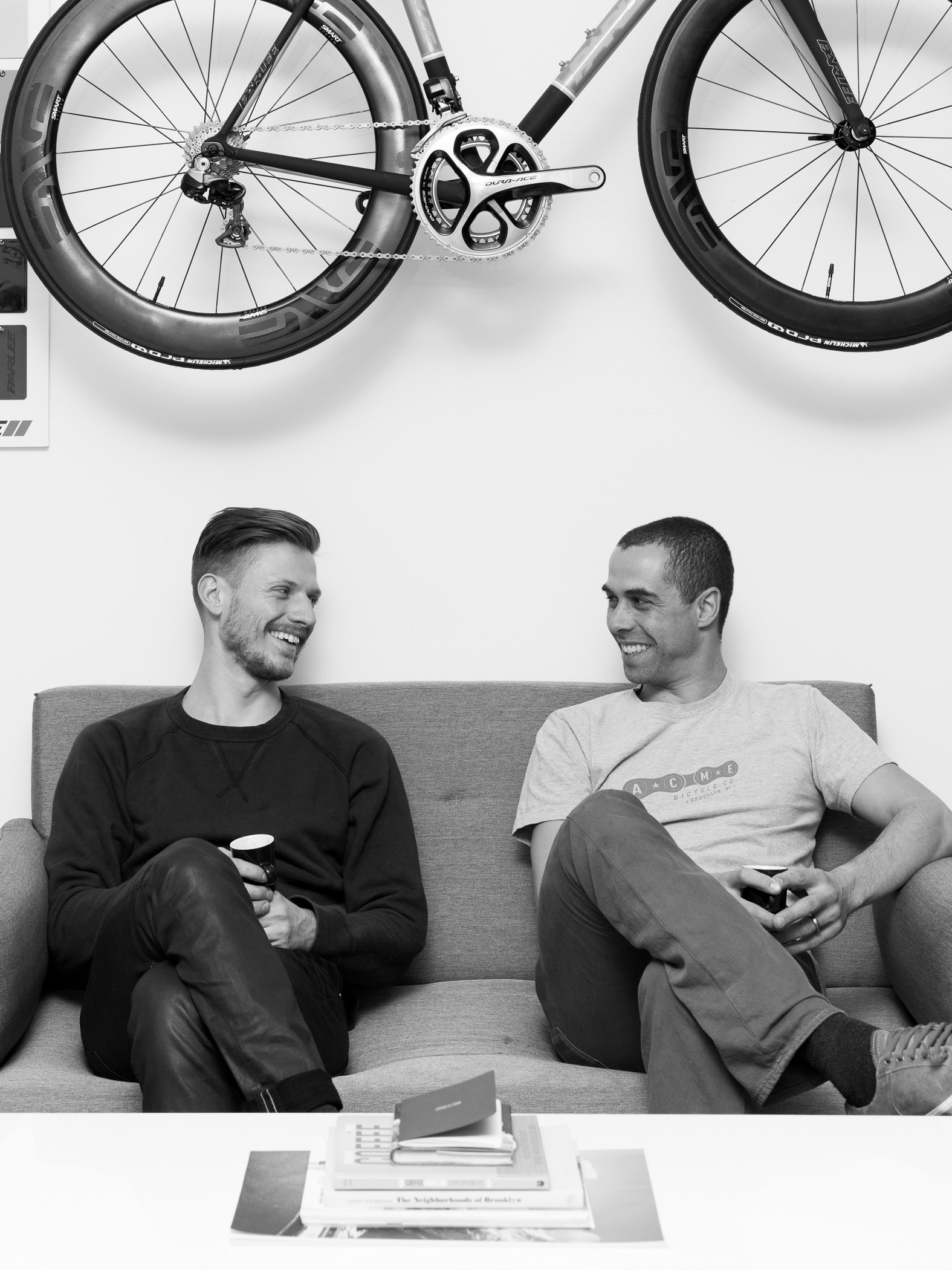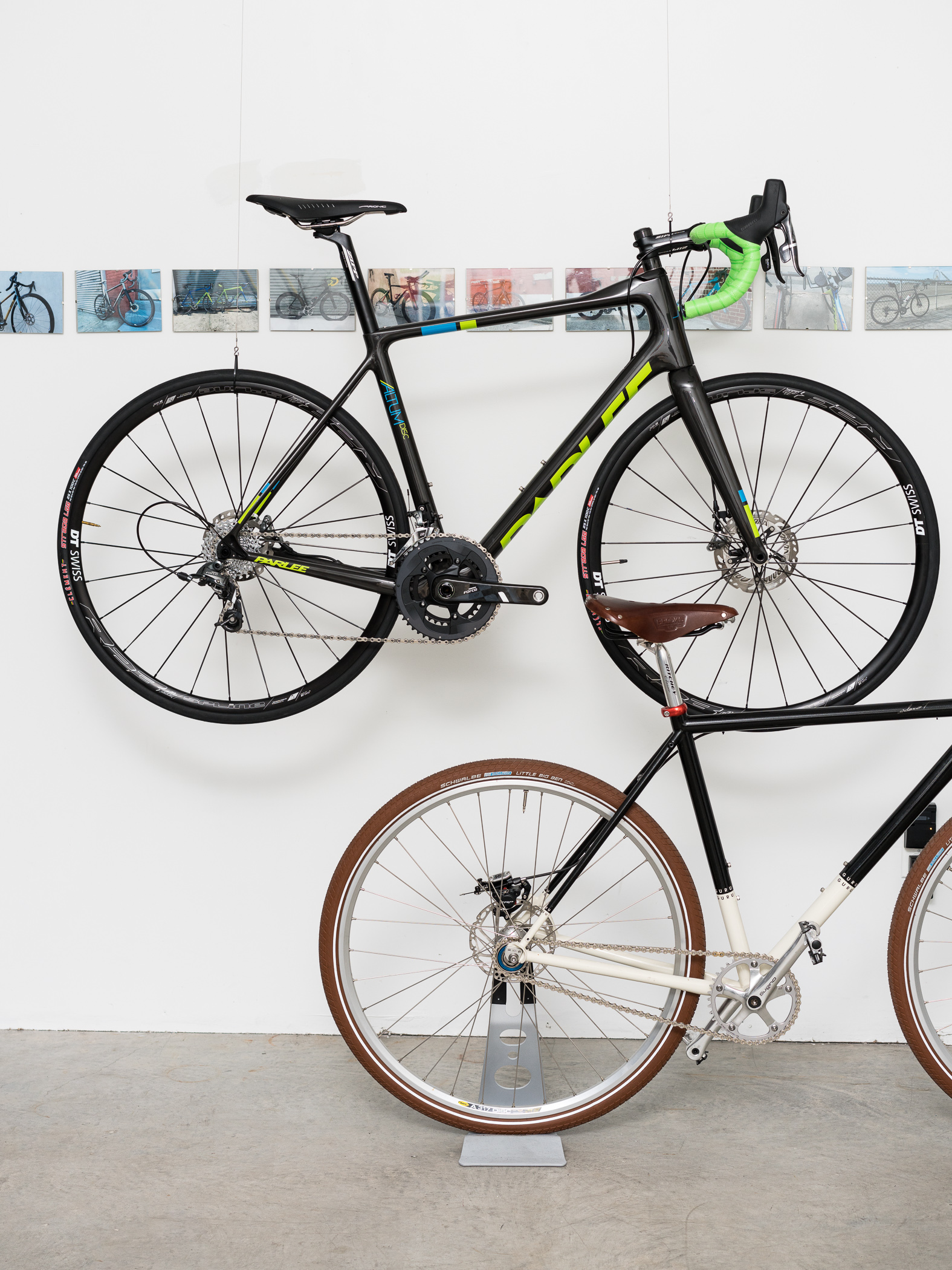Interview: ACME Bicycle Co
During the latter stretch of the 2015 racing season a number of To Be Determined racers dropped by ACME Bicycle Co for fits and experienced first hand the dramatic improvement in performance and comfort derived from the ACME fit. This positive feedback blossomed into a formal partnership for the 2016 season season as ACME Bicycle Co became To Be Determined's official fit partner. More recently we had the opportunity for a bit of Q&A with ACME founder Jonathan Blyer and his partner, TBD racer Colin Tanner to touch on the technology and philosophy behind bicycle fits and what makes ACME different from their peers.
Interview: Matthew Vandivort, Photographs: Laura S Wilson
You are both a long-time cyclist and an engineer - how did your athletic and professional endeavors play into your development as a fitter and ultimately the creation of ACME Bicycle Co.?
I first became interested in bike fit and bike design when I was in college and the student leader of a human powered vehicle design competition. I was trying to design a vehicle that could maximize speed. At the time I knew little about cycling so I began studying photographs of bike racers and I tried to adopt as much of the road racing position as I could to a recumbent. That project really piqued my interest in cycling and a few years later I found myself riding a ton and looking to get into the bike industry. An opportunity presented itself for me to start bike fitting at a local shop and I jumped at it. That lasted a couple of years before I but I ultimately went back to a job as a Bridge Engineer where I designed heavy machinery for 7 years or so. Ultimately, I found myself bored with that job and cycling was my real passion so I took a leap of faith and launched ACME in 2011.
ACME Bicycle Co. is relatively unique in the New York City scene in that the core of the business appears to be built around the fitting process but you also offer very select framesets and equipment. How would your describe the ACME Bicycle Co. service offering?
Our service offerings are simple and all fit focussed; we offer existing bike fits, new bike fits and our saddle trial service. At ACME we do all of our fitting on Guru DFUs (short for dynamic fit units), so if you come in with a bike you already own or if you come in looking for help on which bike to buy, the process is very similar. These machines allow us to make minute changes to every aspect of the fit dynamically, in real time, all while you are pedalling without interruption. If you have brought your own bike, we will transfer the measurements from the DFU over to your bicycle. If you are looking for a new bike, we will take the measurements from the DFU and help find you a bike that fits from our extensive database of frame geometries. Lastly, our saddle trial service is roughly an hour long session where the rider can try any number of saddles that we stock. We use a quick release saddle clamp to make the process as quick and efficient as possible.
We are proud to work with Moots, Parlee and Boo Bicycles who offer high quality, unique bikes available in stock or custom geometry. We will only sell a bike to a customer after they have gone through our extensive fitting process and that we have determined that it is a good match for them.
The New York City cycling industry is relatively crowded - how does ACME differentiate itself from the wide array of fitting providers out there, be they bike shop based, independent, or other.
We differentiate ourselves from our customers by offering a level of customer service that many bike shops and even other bike fitters would not even begin to try and replicate. Our service is time consuming, costly and does not guarantee that we will sell more bikes or products. Our service does guarantee however that our clients will be happy and comfortable on their bikes which is all that we really care about.
There are a variety of approaches to the fitting process - how would you describe ACME’s core philosophy and how was it developed over time? Were there significant influencers in that process?
Each and every fit is an individualized process. We base the fit on the rider’s ability, history, flexibility, and riding goals. We don’t use formulas or calculations. Our protocol has evolved over the years and the addition of improved tooling has definitely facilitated that. Our approach largely is born out of the fit protocol of Dan Empfield’s F.I.S.T. system which is a protocol designed around executing fits on a fit bike every time. The protocol we use has been influenced by Retul’s fit school and also the writing of Steve Hogg, Keith Bontrager and others. We also spend a ton of time obsessing over finding our riders the right saddle with the belief that if we don’t do this then the rest of the fitting is almost worthless. In every session, we let the rider’s characteristics and preferences shape the fit as much as our own input from experience and knowledge.
The ACME website proclaims “a carpenter is only as good as his tools.” With that in mind how has the equipment used in the fitting process progressed in recent years?
If you walked into a bike fitting studio 10 years ago the tools would seem quite rudimentary by today's standards. You would probably find a turbo trainer, maybe a computrainer, some handlebars, seats, tape measures, goniometers and maybe if you walked into a very good one you would find a video camera system that would record the rider. Somewhere between 10 years ago and say 2 or 3 years ago there was a tremendous amount of development in the bike fit tooling industry.
The Guru DFU was born and so were motion capture systems with a very high level of sophistication (Retul and others). There are a few other technologies that have launched but I don’t think any of them have been quite as influential as the Guru DFU or Retul. I see the technological developments slowing for the time being, there are new and interesting technologies emerging but most of them seem to have some practical limitation which is holding back their usage.
I think the number once piece of equipment that really needs development across the industry is bike fit training and education. There are a lot of really good fitters out there but plenty of bad ones as well. A carpenter is only as good as his tools but a poor carpenter is still a poor carpenter even with the best hammer.
Where do you think the science underlying the fitting process is going next? Are there key areas for improvement where the technology is lacking?
I think the current technology does a very good job with 99% of people. I think the most notable improvements from here will come from the current technology getting cheaper over time and making it more affordable to the masses. As more companies come on the scene, the prices will drop.
I think that the remaining 1% will come from computer and hardware getting better and that we will see some very cool technology come into the landscape. I would not be surprised at all if in a few years we were able to take a 3D computer scan of a rider on a bike and put them in a CFD virtual wind tunnel or if we were able to gain more insights into muscle firing patterns and muscular efficiency.
How did you approach selecting the equipment brands that you work with at ACME Bicycle Co? What differentiates those brands from others in the industry?
The decisions were quite simple, when it came to choosing fitting equipment I wanted the best that the market had to offer at the time. I got lucky and happened to pick equipment that hasn’t really changed much over the years since I bought it and haven’t really felt the need to replace it. There are other fit tooling options out there that ACME does not have, but we have had great success with all of our current hardware and do not necessarily see any big room for improvement.
When we consider bringing on a new bike brand to carry, we consider how well that brand aligns with our core philosophies. I usually start researching a brand by looking at their geometry charts and their product line to see how the philosophies differ between them. Even if a brand made an absolutely beautiful bike that was guaranteed to sell somehow, I wouldn’t get involved with them unless their geometries worked for real people and not just pro bike racers. We try to carry brands that manufacture as much of their line in the USA and we also want brands that support local bike shops and do not sell on-line, who respect dealer territories and who are easy and fair to work with.
Fitting is a not insignificant cost - how do you articulate the benefits of that investment to riders? At what stage would you recommend a rider partake in a serious fit on par with what ACME provides?
It is hard to discount the value the of a good fit. For whatever type of riding you do, the fit changes your experience on the bike. If you are having pain and discomfort the fit can be a game changer. If you are performance oriented, a bike fit can increase efficiency, power and aerodynamics. Knowing that everything is dialed in offers the additional benefit of being confident in your position on the bike.
Colin: what is your background in the industry and how did you connect with Jonathan?
I have been a mechanic, certified coach and a physical therapy assistant. These experiences have all proved valuable to bike fitting. A few years ago, I had reached out to Jonathan. His reputation was strong as a bike fitter and I wanted to pick his brain. Bike fitting can be a mysterious art and I wanted to know what he knew. We had an email thread open, but it wasn’t until last year that we met in person. We sort of hit it off from there and Jonathan was willing to train me and pass off some knowledge. I did my best (and continue) to absorb what I can from him. I spent the next 6 months or so working as his apprentice - observing fits working my way up to fitting Jonathan and eventually willing friends under his watch. Additionally, Jonathan sent me out to Boulder, Colorado to Retul University to get a different experience in the fit world so that I wasn’t learning just from him. It was really a full on immersion.
Colin: does your experience as a bike racer shape your approach to the fitting process?
Having a lot of experience as a rider is definitely valuable. The truth of the matter is that I have to take the mindset of the client I am working with. If they are racers as well, I have that direct experience. If they are planning on riding across country, I have to put myself in their shoes. I have to think about the demands of this type of riding and make informed decisions to affect the fit in a way which makes sense.
Taking my experience in cyclocross, for example, has lead me to think critically about how cyclocross fit has been approached in the past. In my experience, racers take their road fit and bring it in and up and call it a day. While this is an improvement to directly copying your road fit, we can do better.
Women’s cycling is a rapidly growing element of the sport - what are key differences in the approach to fitting women versus men?
Our protocol does not change for women. We treat every customer with respect, care, patience and precision.
Do you think the industry more broadly understands the differences in geometry and fitting for men and women? Has the industry addressed those differences adequately in the product that is available today?
The bike industry is heading in the right direction in terms of geometry. The problem is essentially about supply and demand. Currently the market is lacking for the very tall and very small and since there are more short women than men and less women cyclists, there are very limited options for small women. Bike manufacturers want to build bikes for the largest population possible and unfortunately they leave out a larger percentage of women than men. The forecasts are good though, and bike manufacturers are recognizing the sharp increase in the population of women cyclists. For the most part this means moving away from a 700c wheel for road bikes.
The bike industry has not really handled the needs of female cyclists very well. A majority of bike companies offer Women’s specific bikes but there is no real reason that a woman should actually need a Women’s specific bike. Everyone is proportioned differently and to say that that Woman require a different type of bike than men is misleading.
Where do you see ACME in five years?
That’s a good question and one that we are trying to figure out. Running a small business is a big challenge and we are continuously looking for ways to improve what we do and to become more efficient, without sacrificing quality, as our client list continues to grow. I ran ACME by myself for about 5 years before bringing Colin on and looking back, I don’t really know how I did it. I would like to say that we will be doing everything that we are currently doing now, and some more in a few years time.

